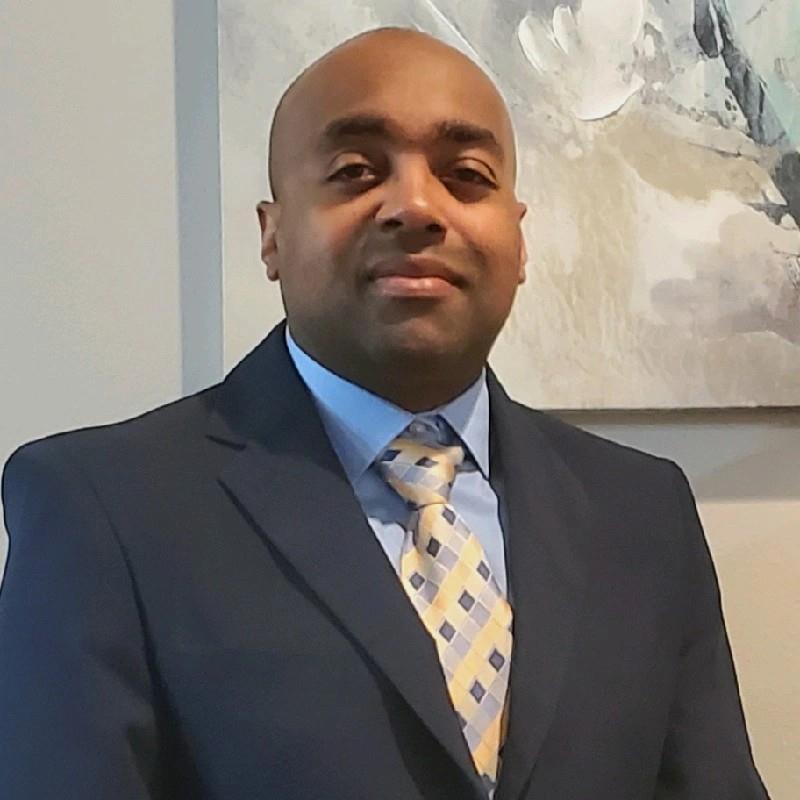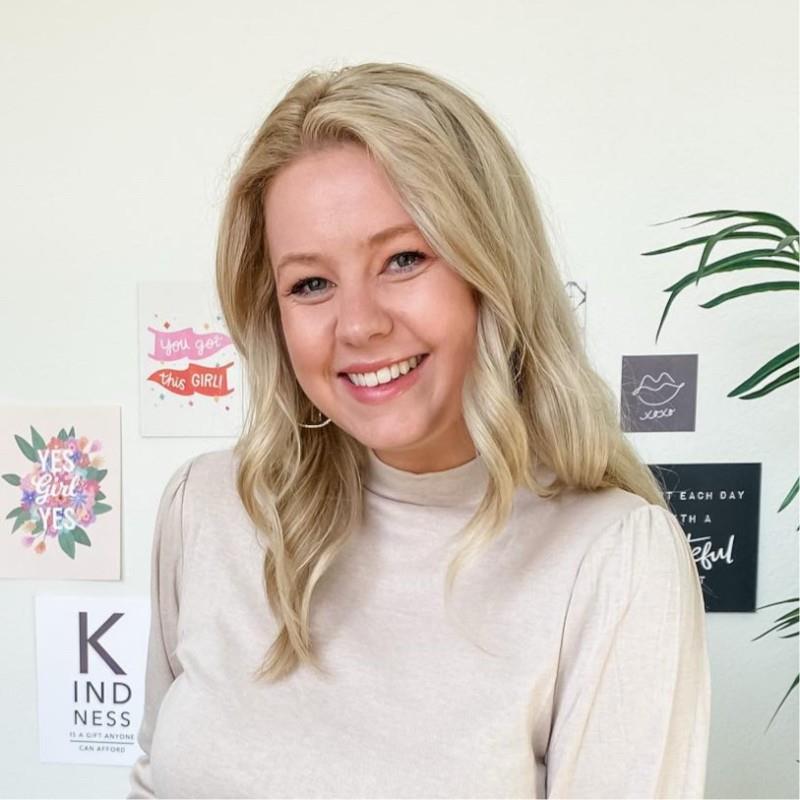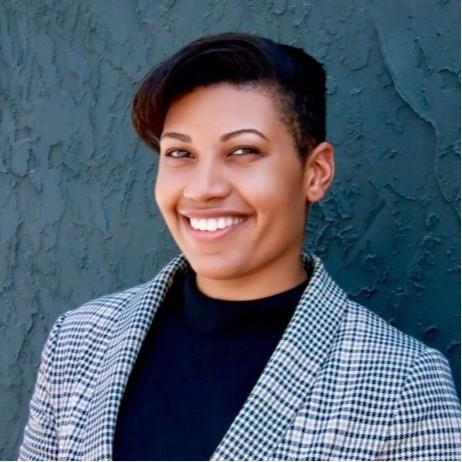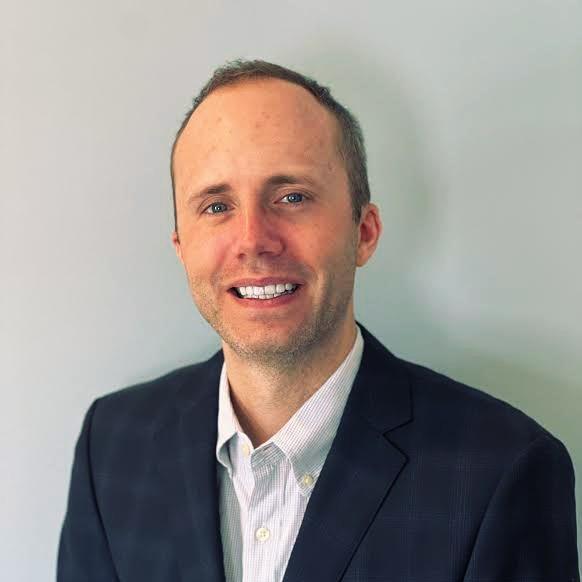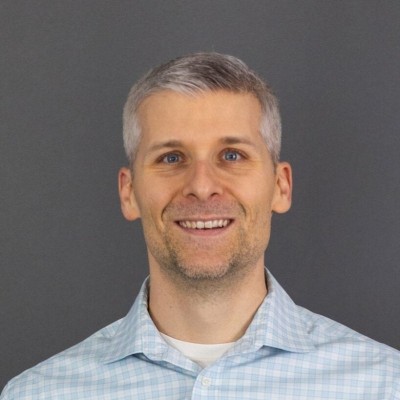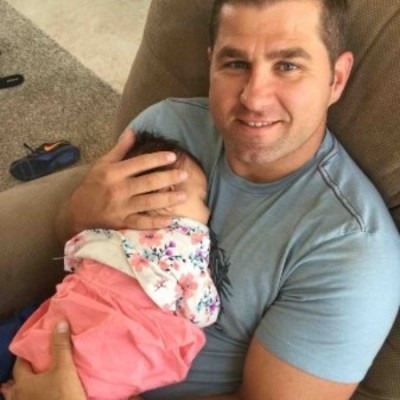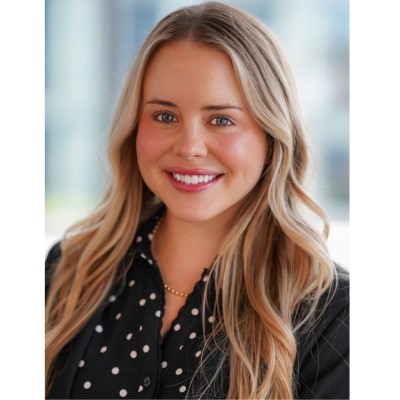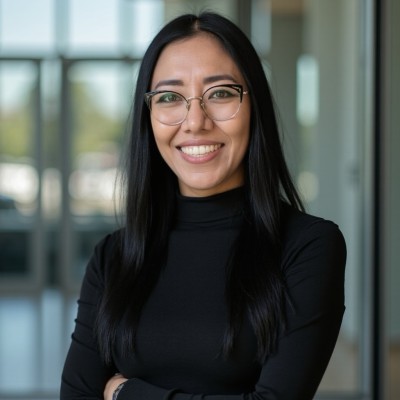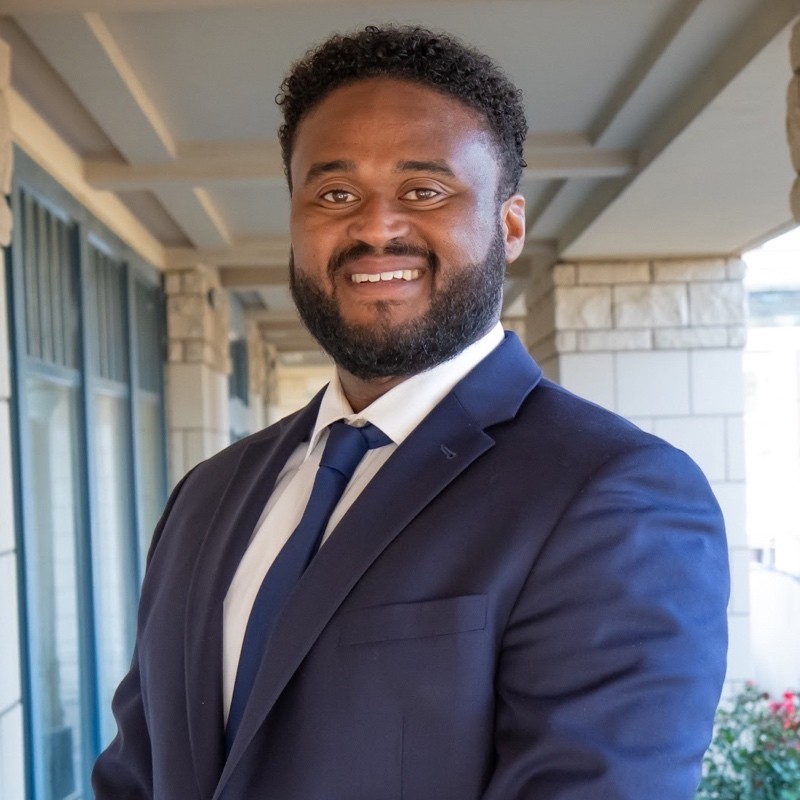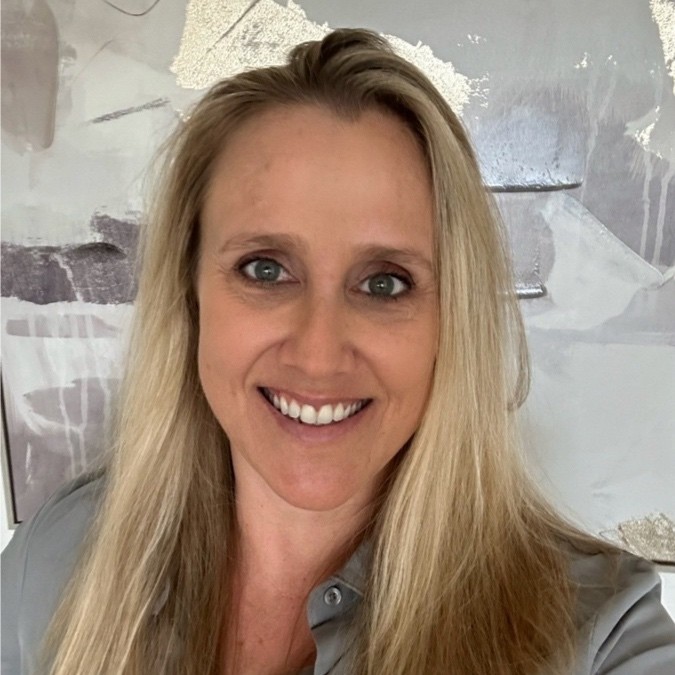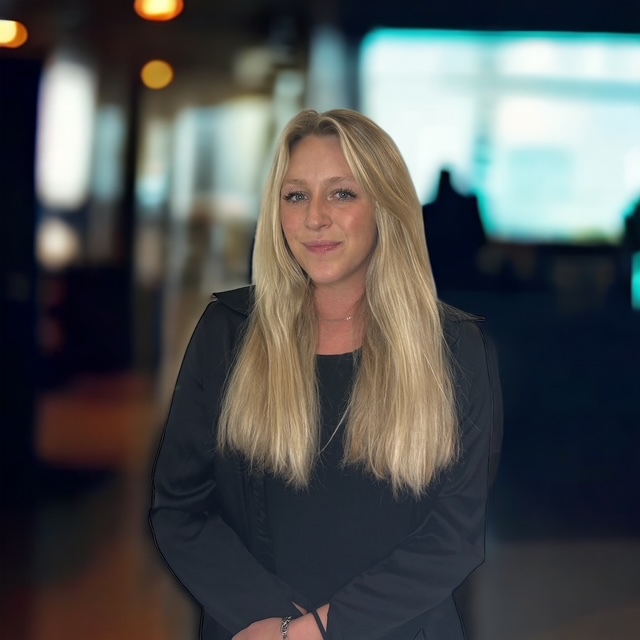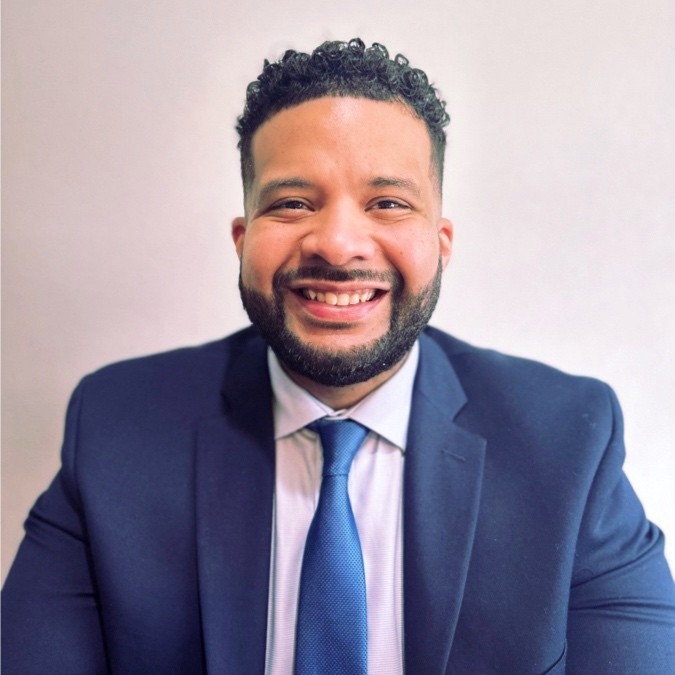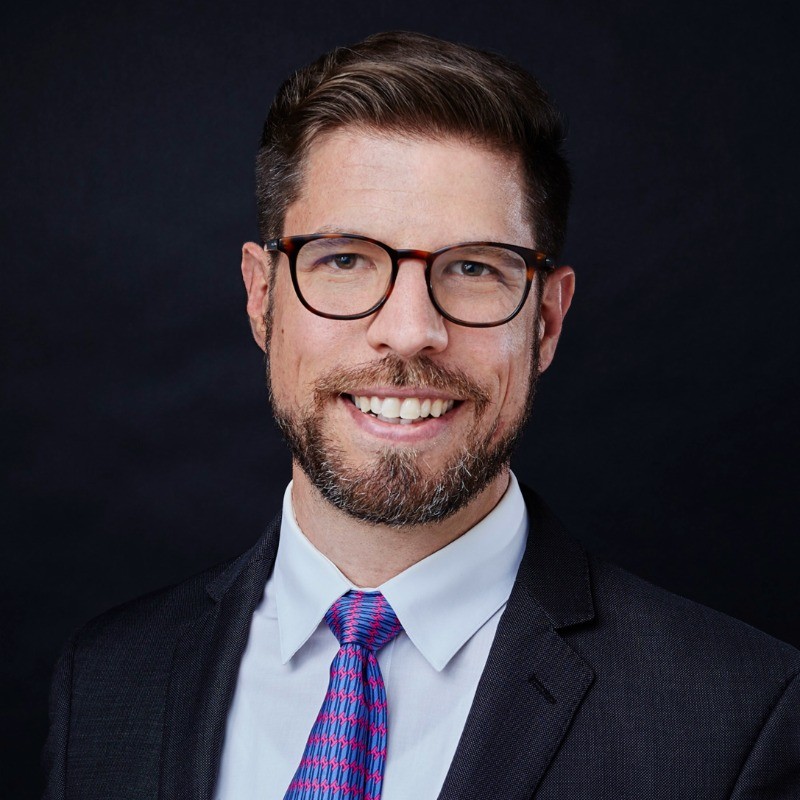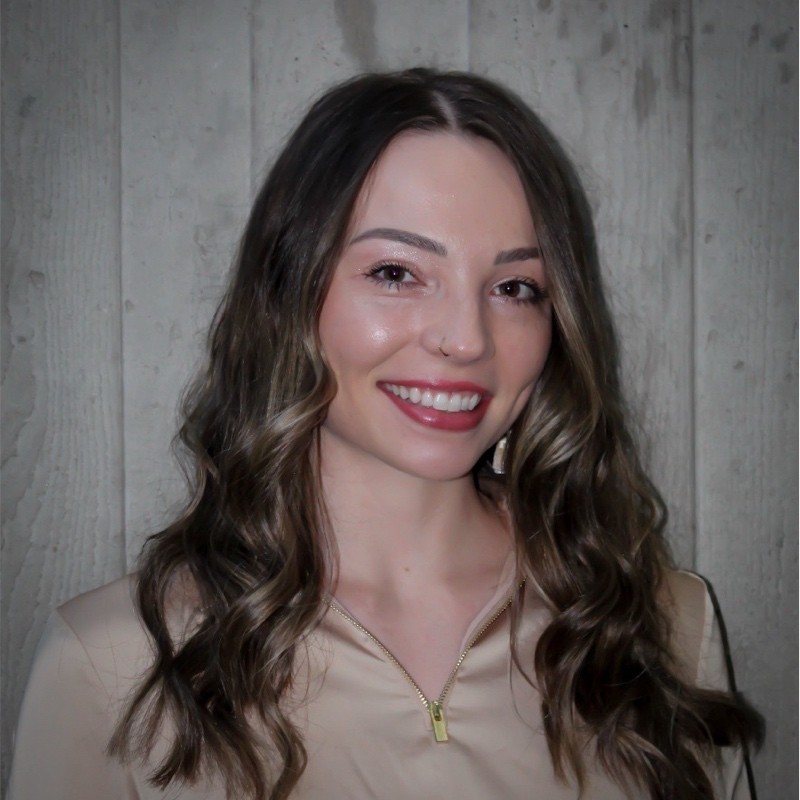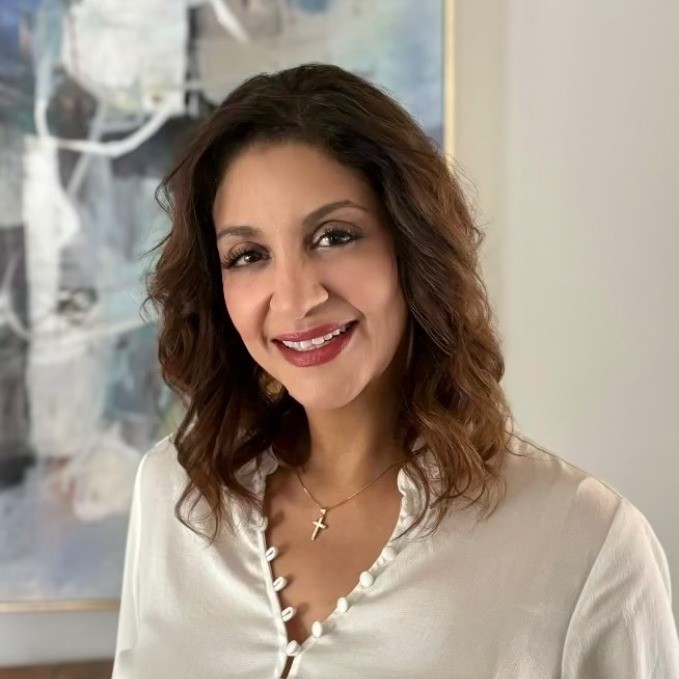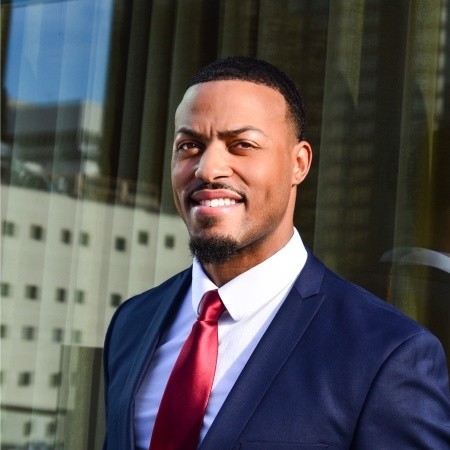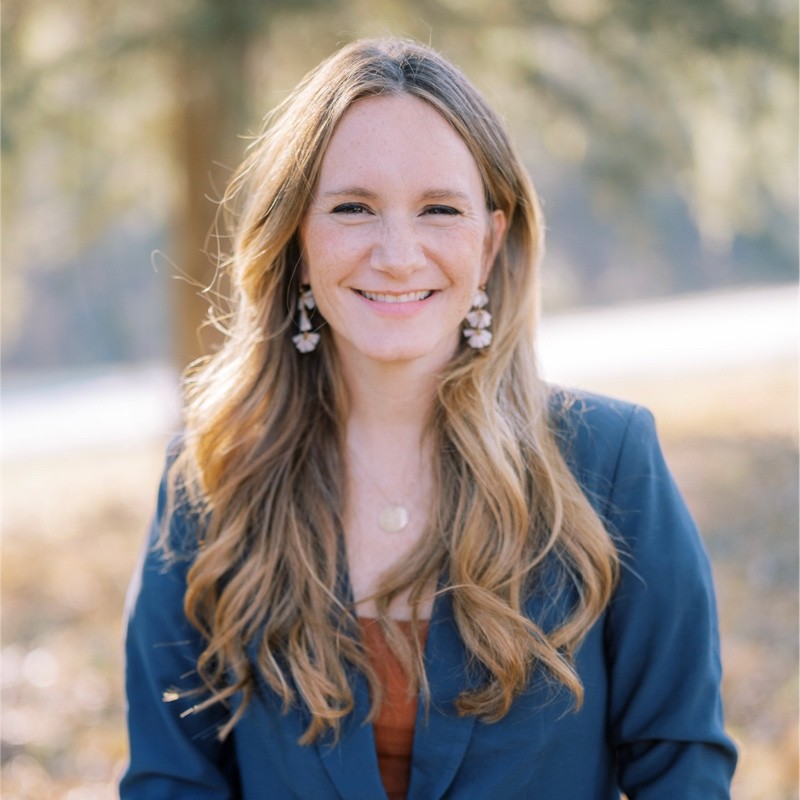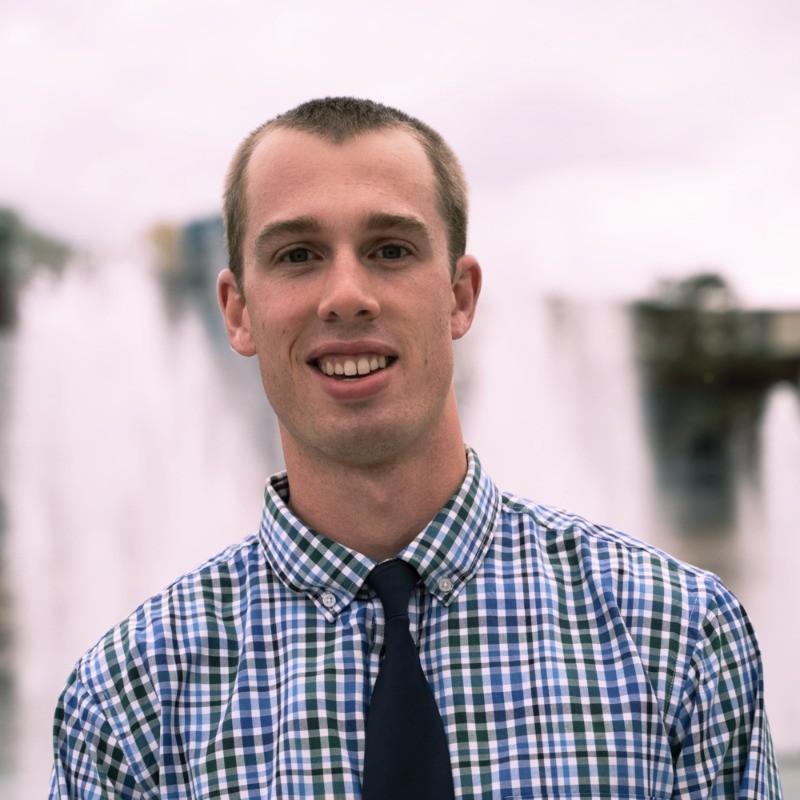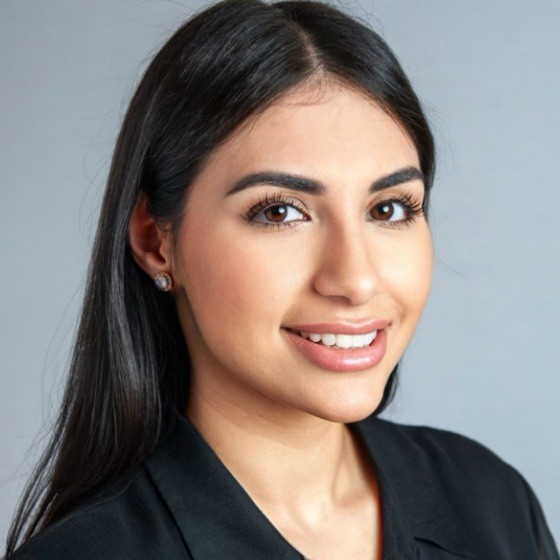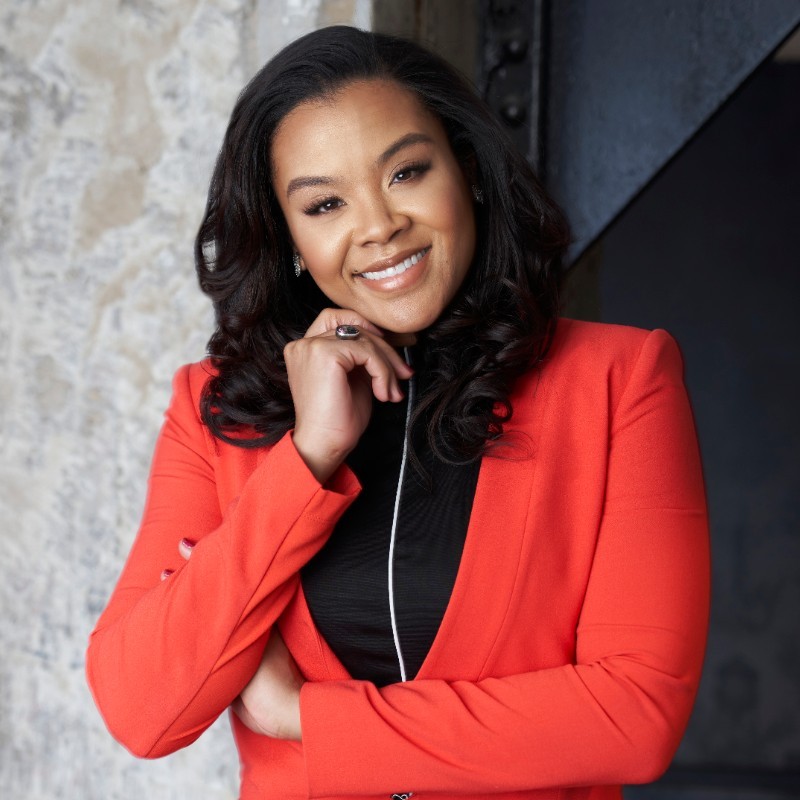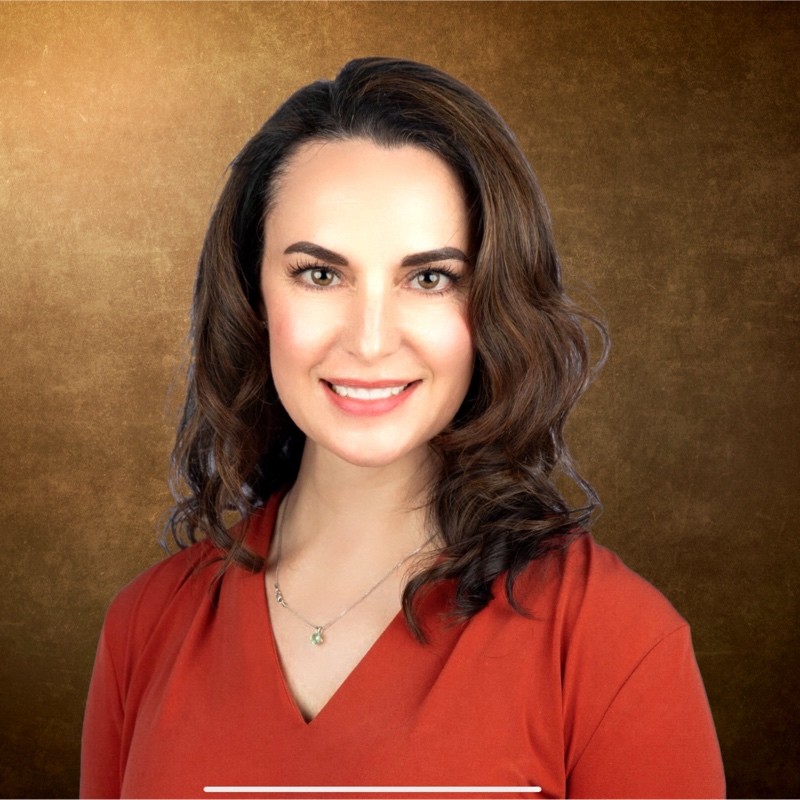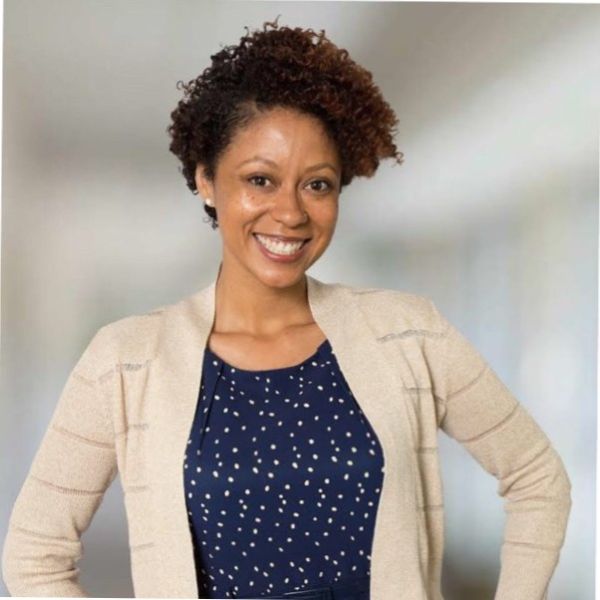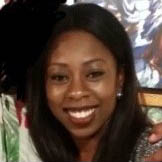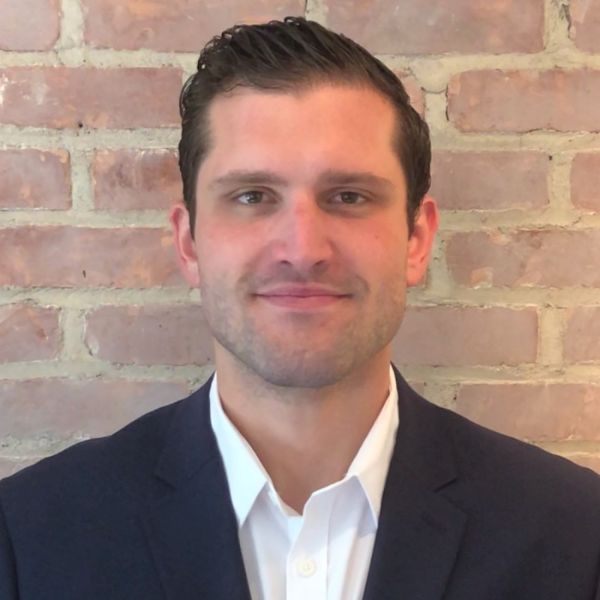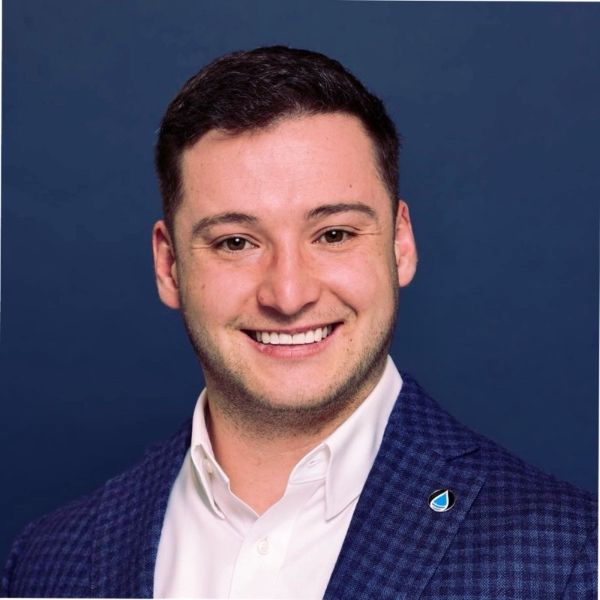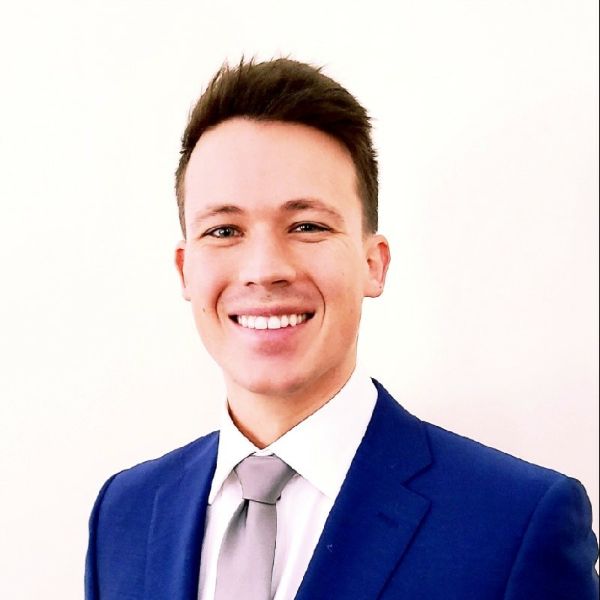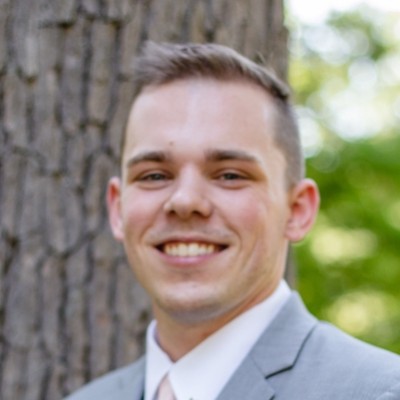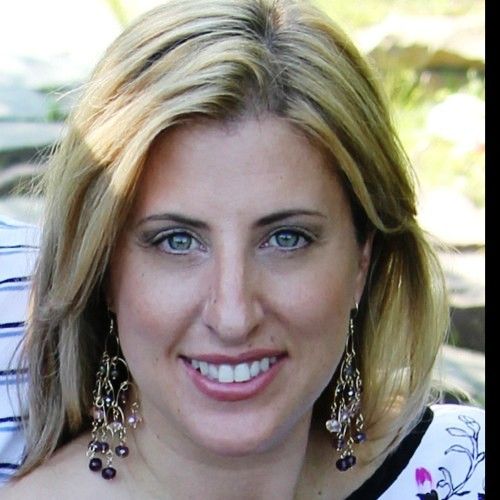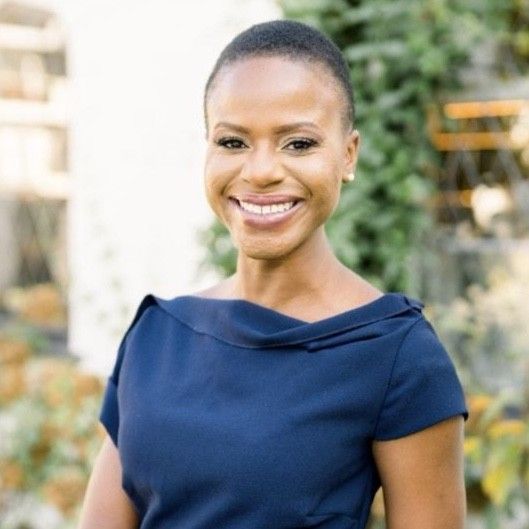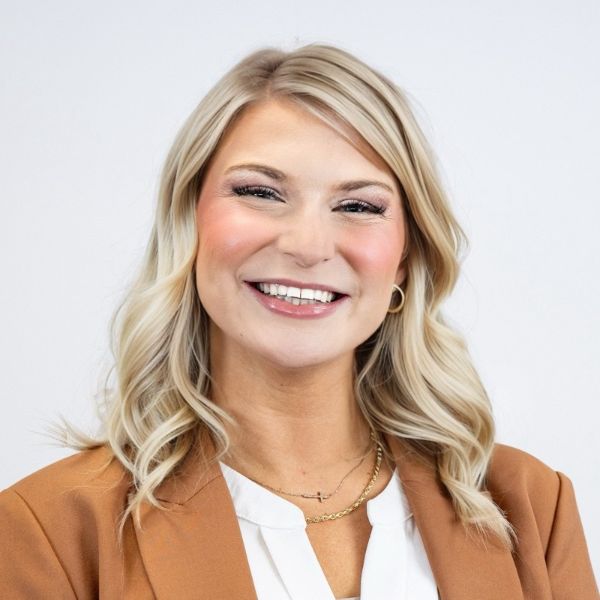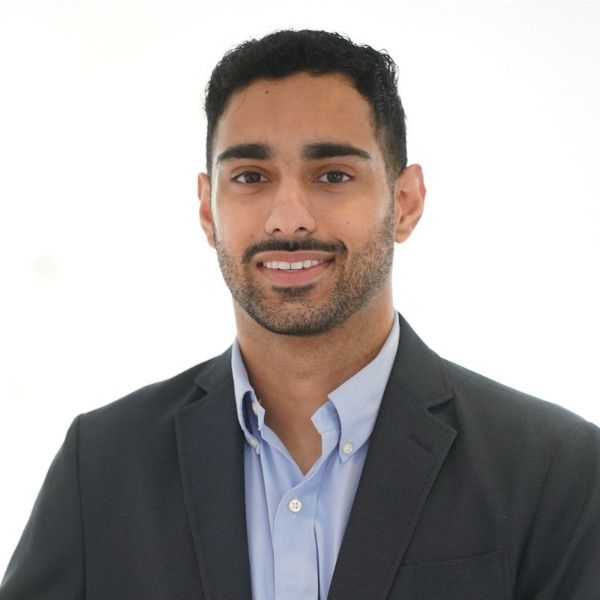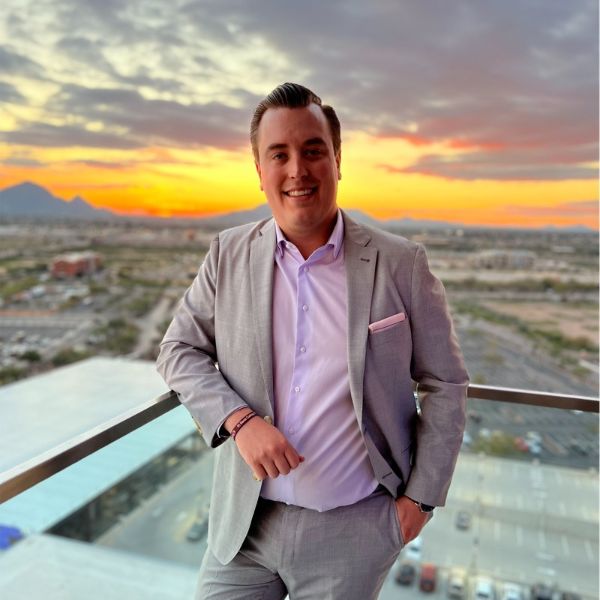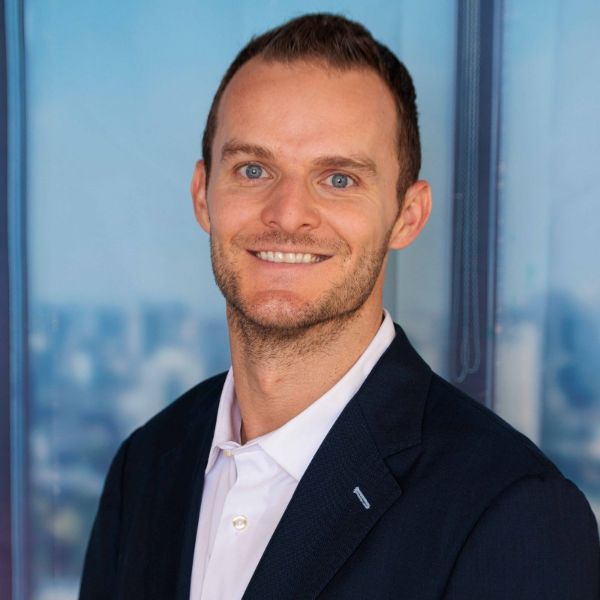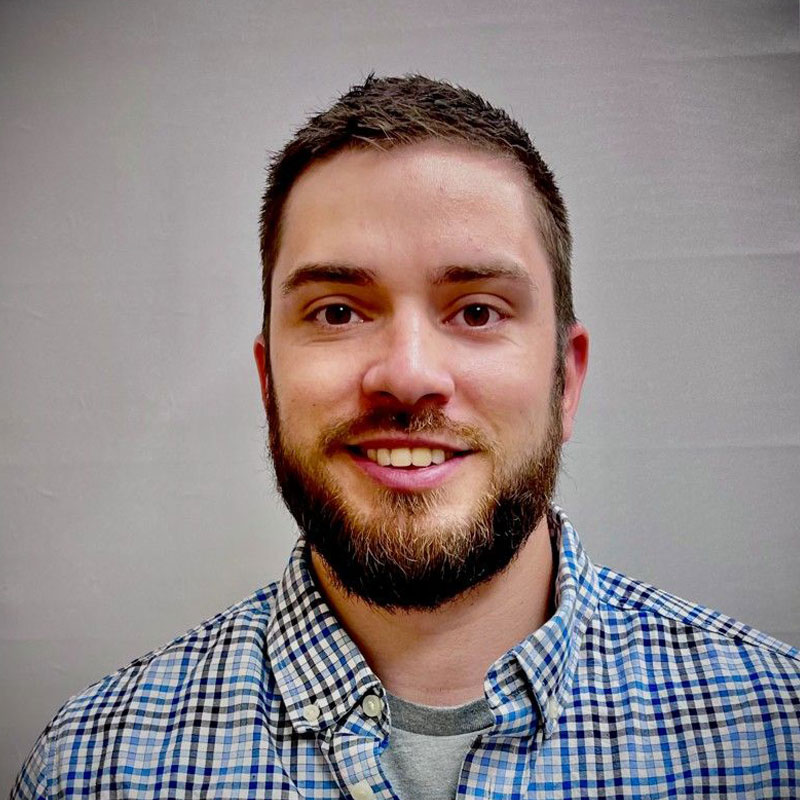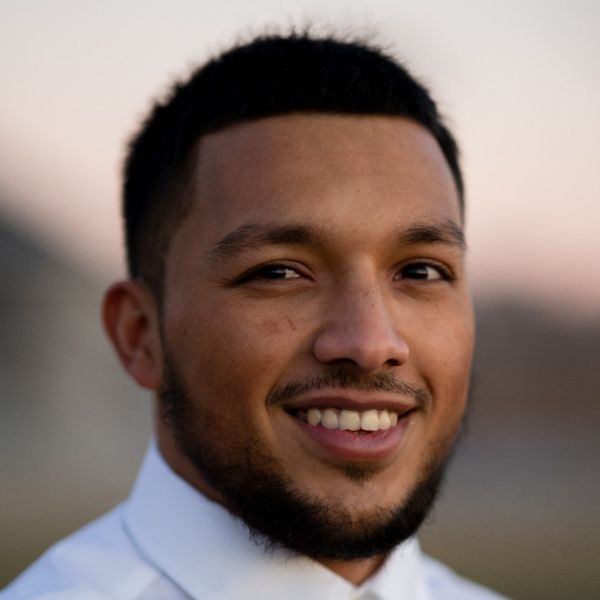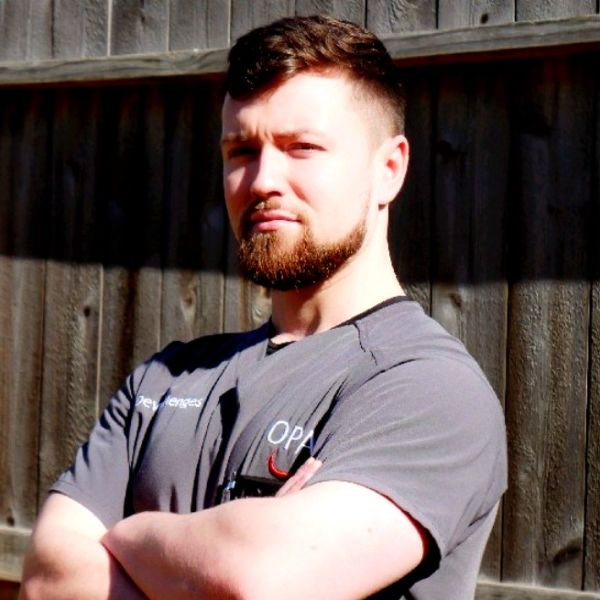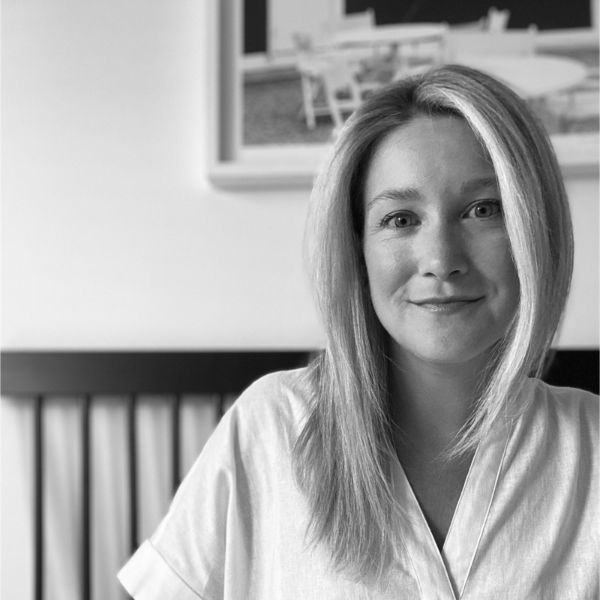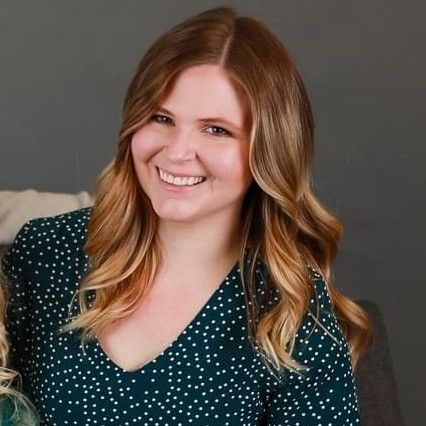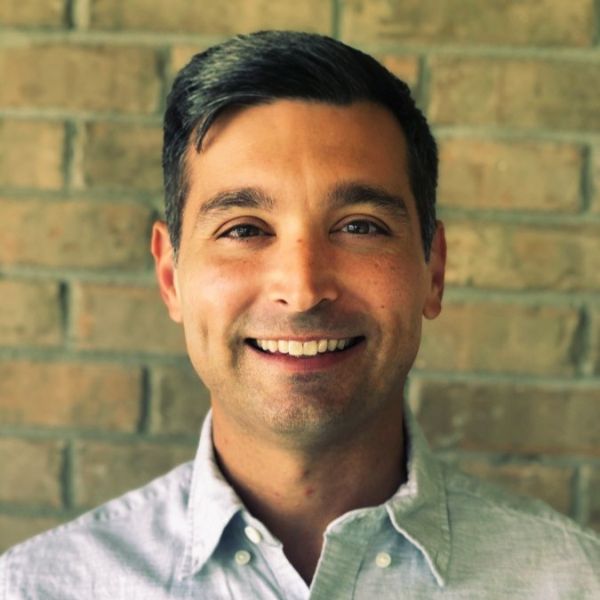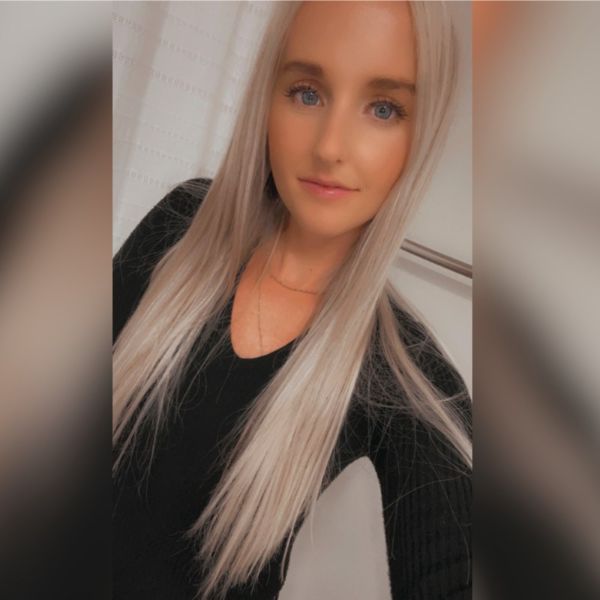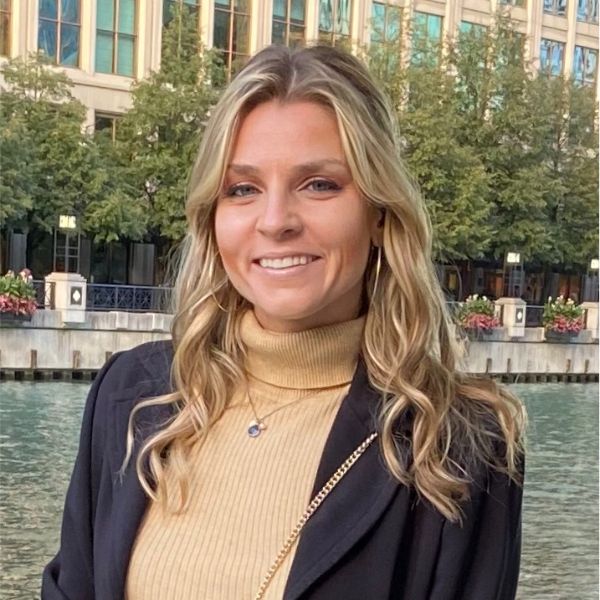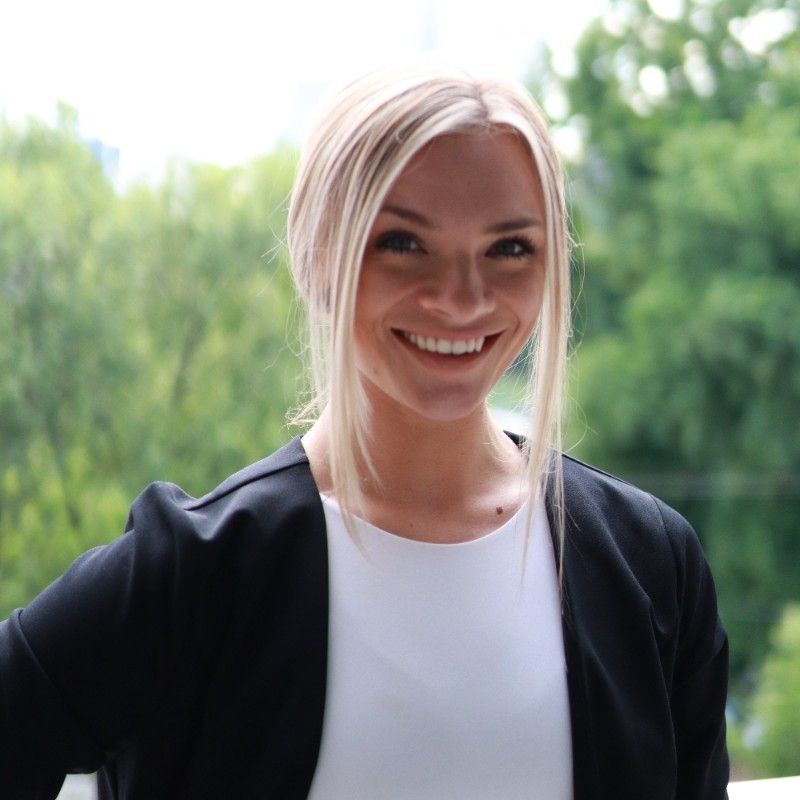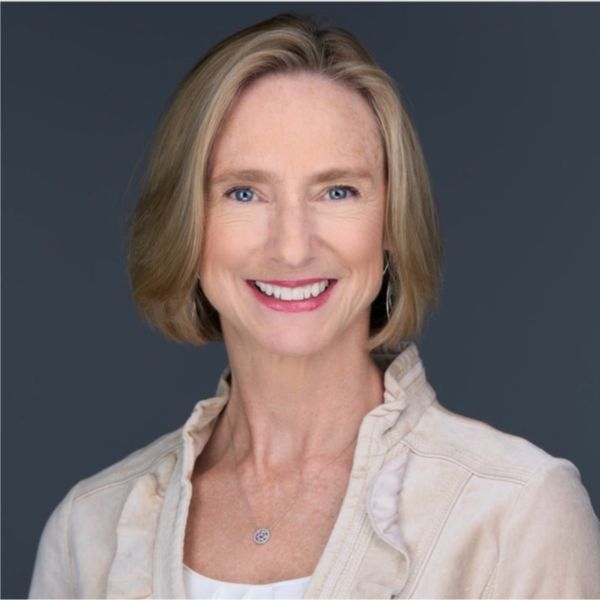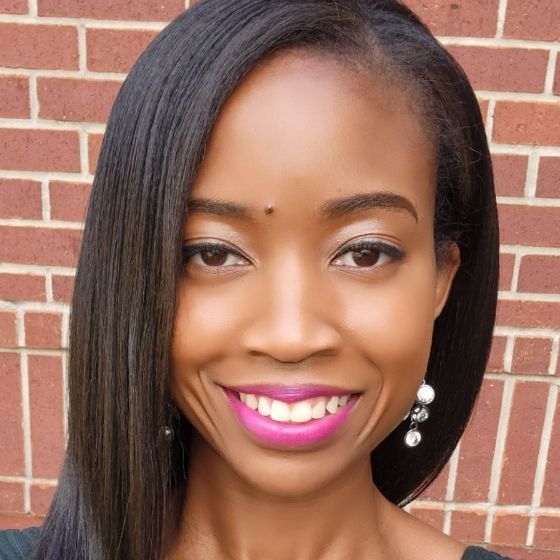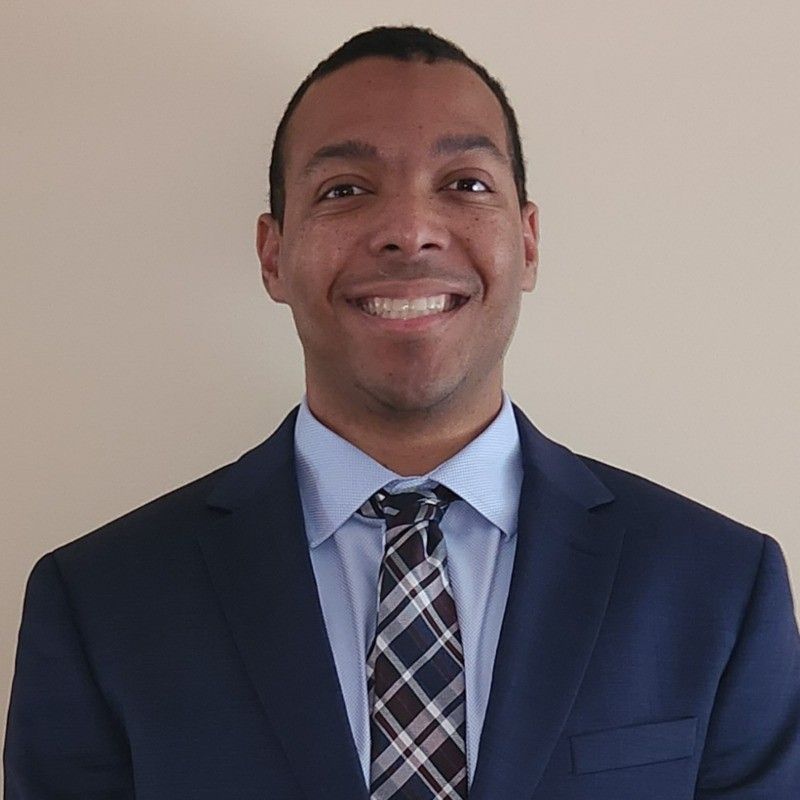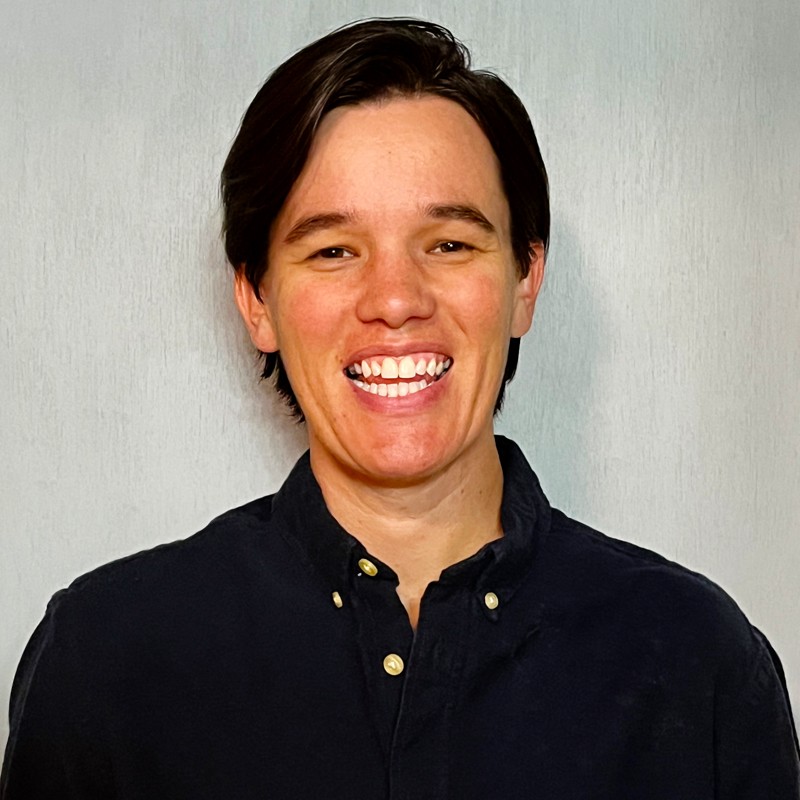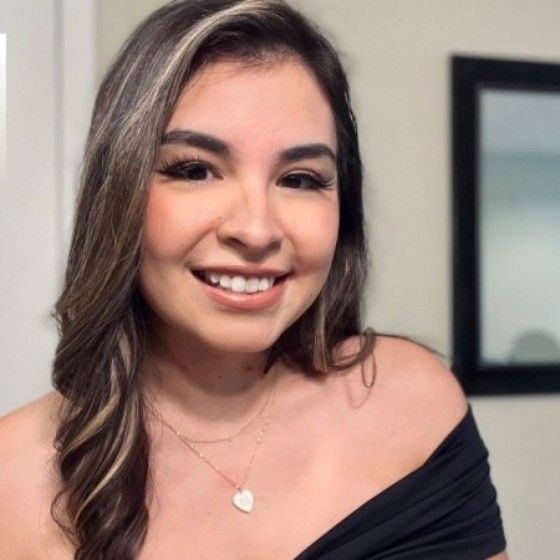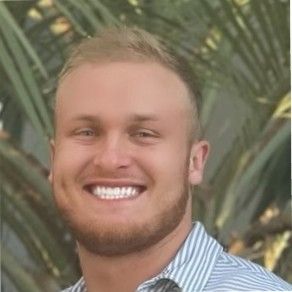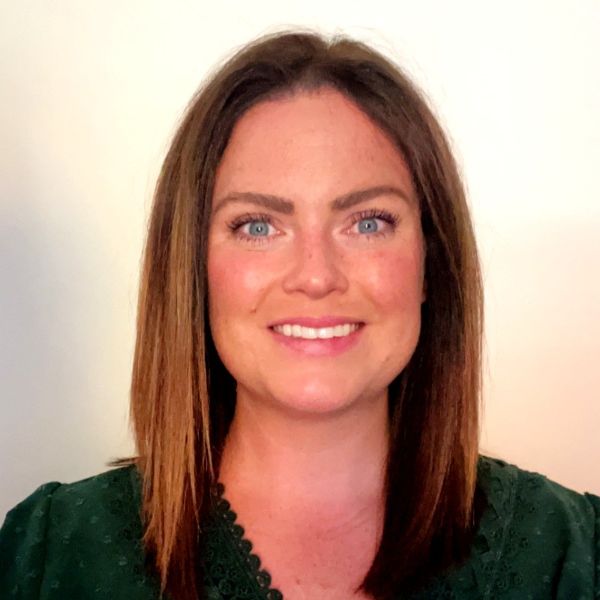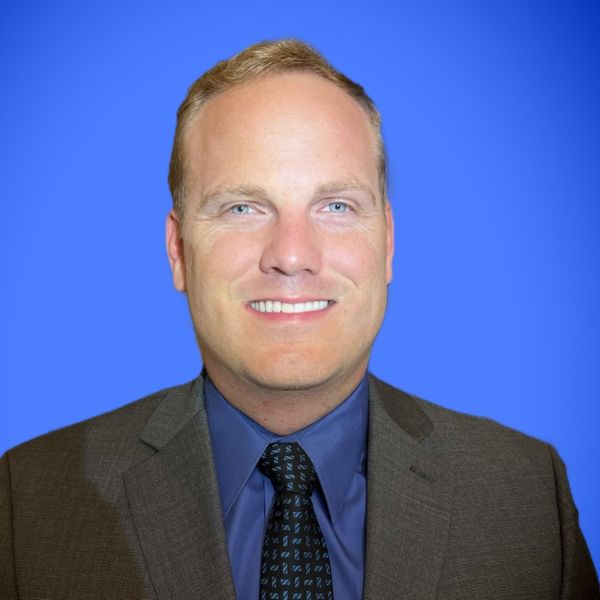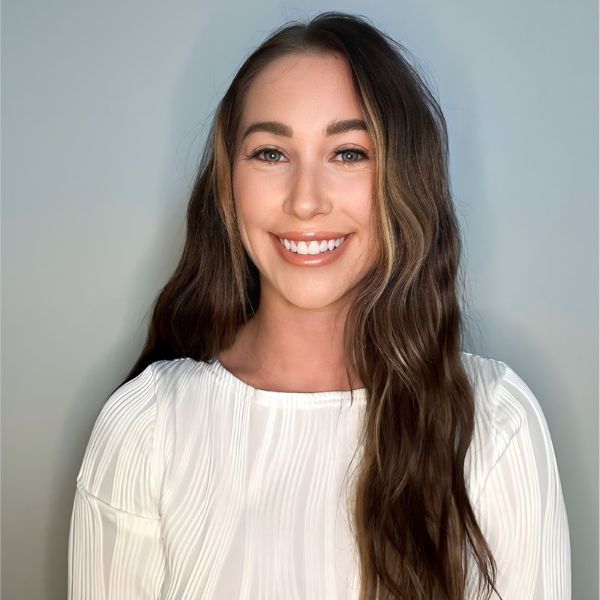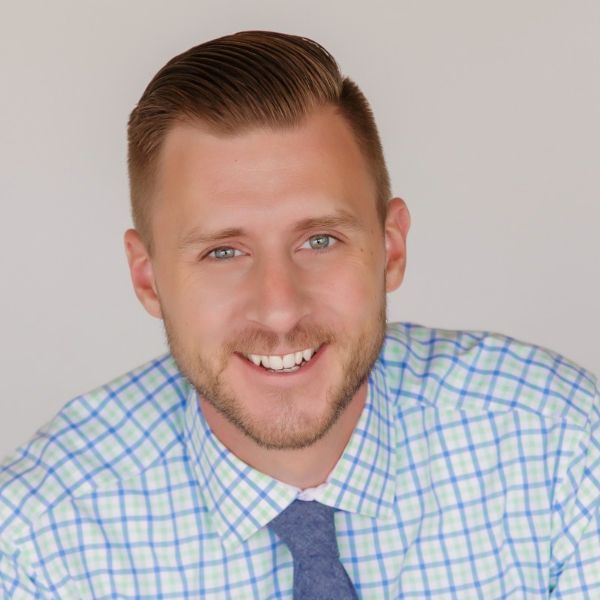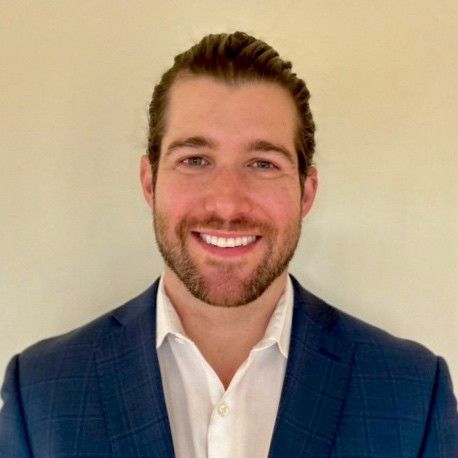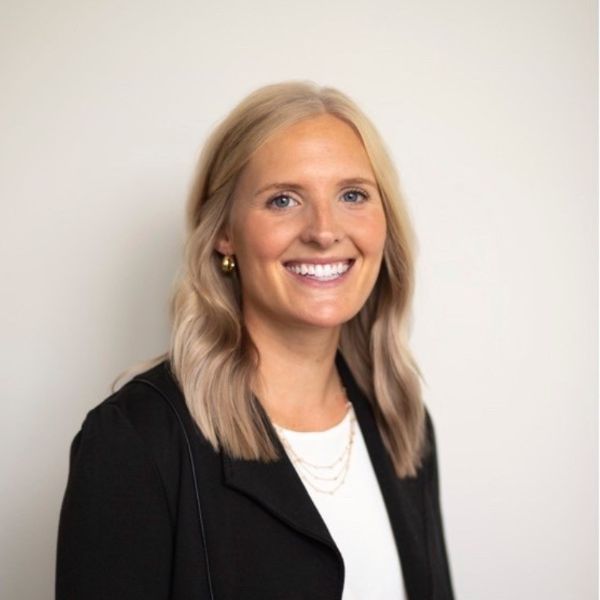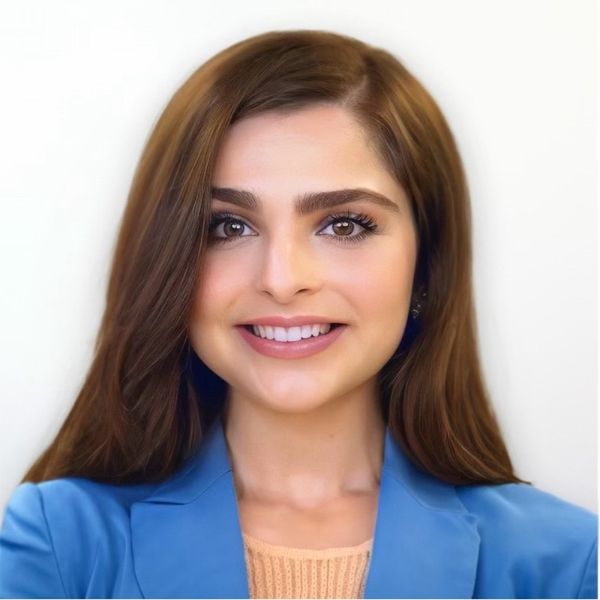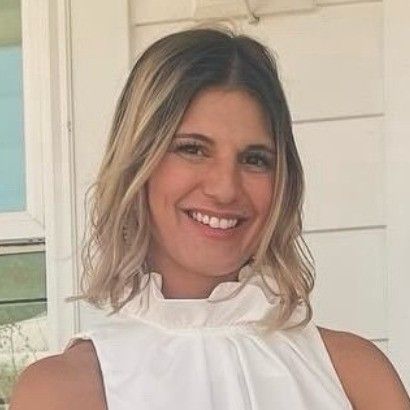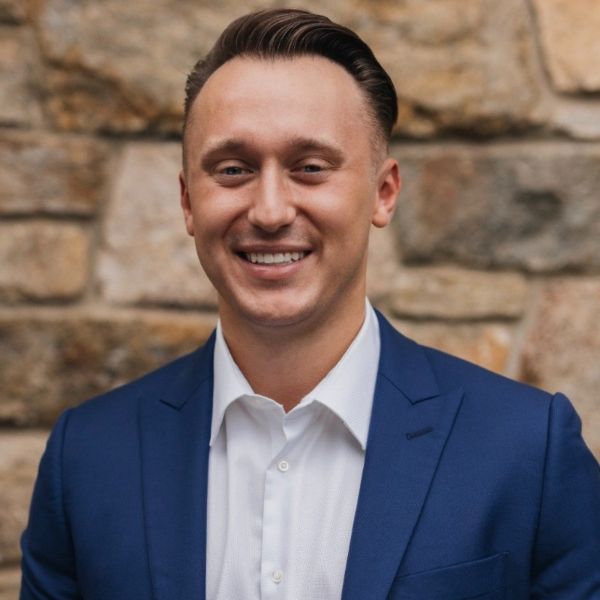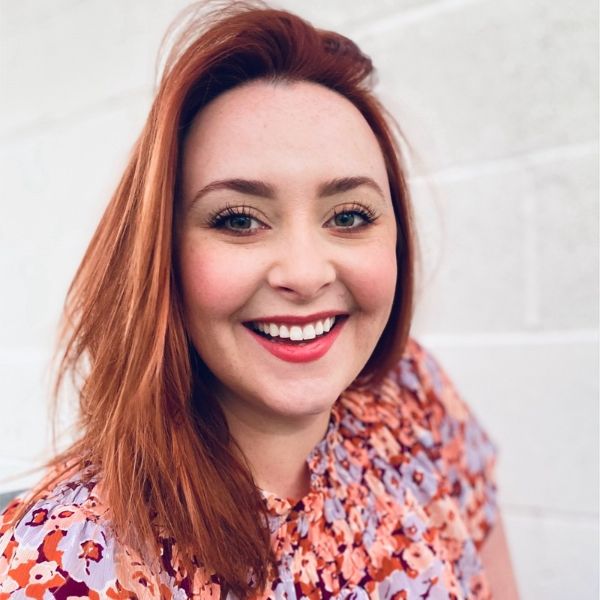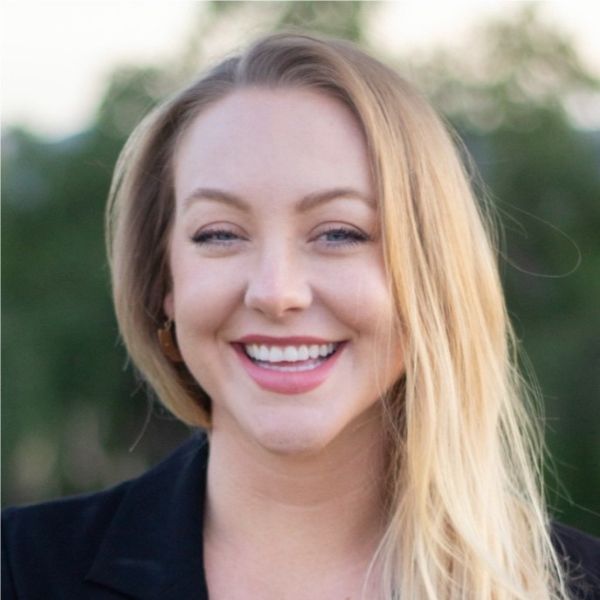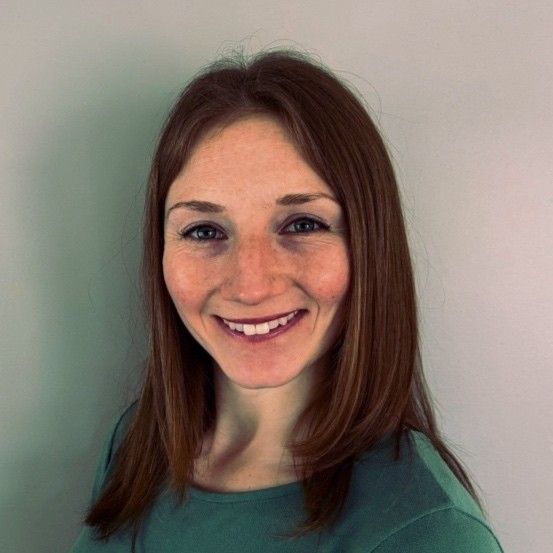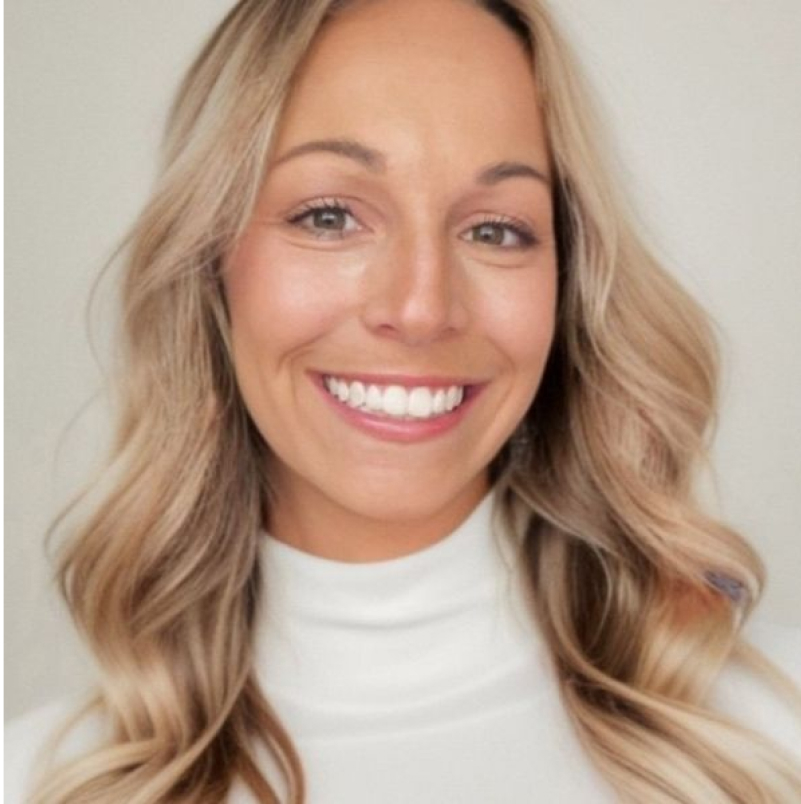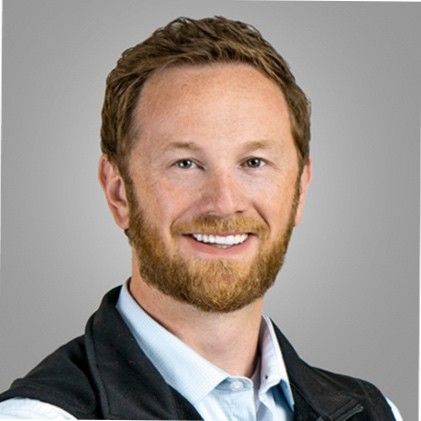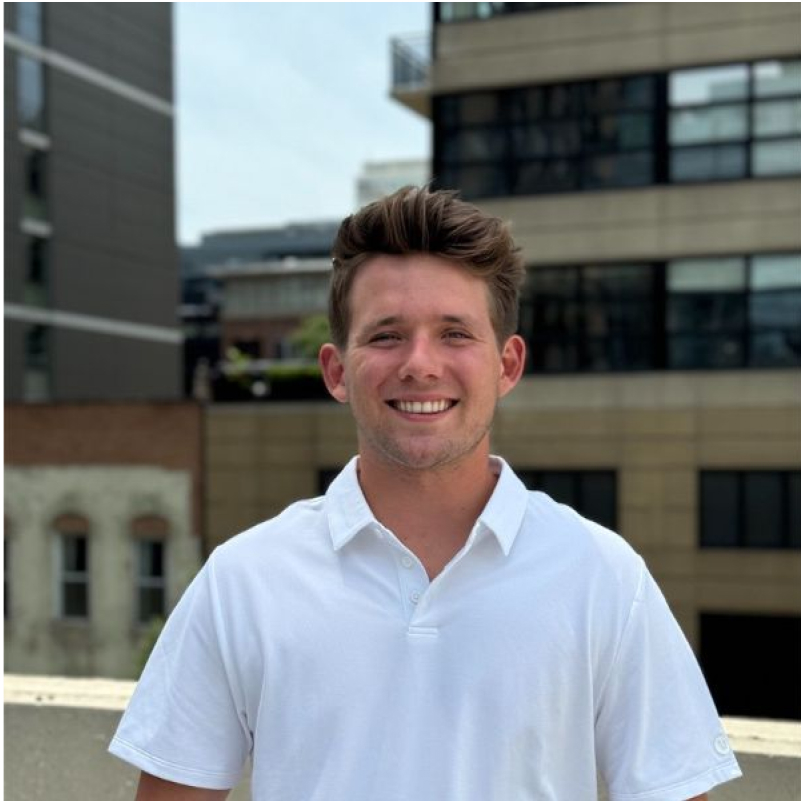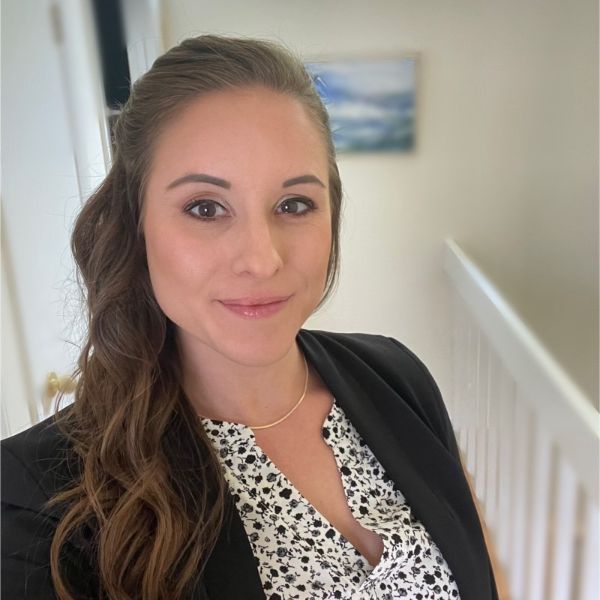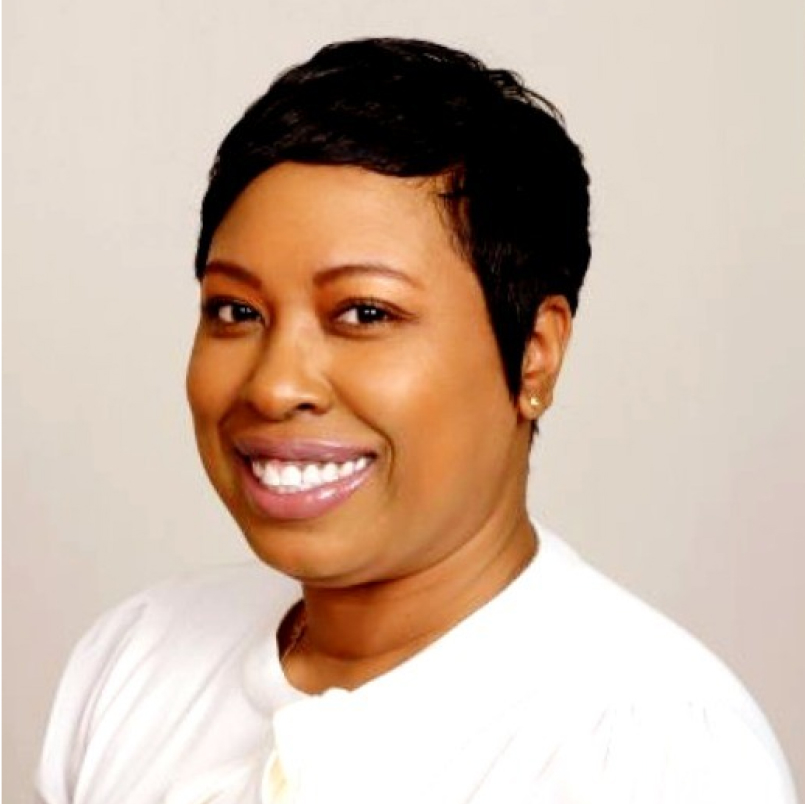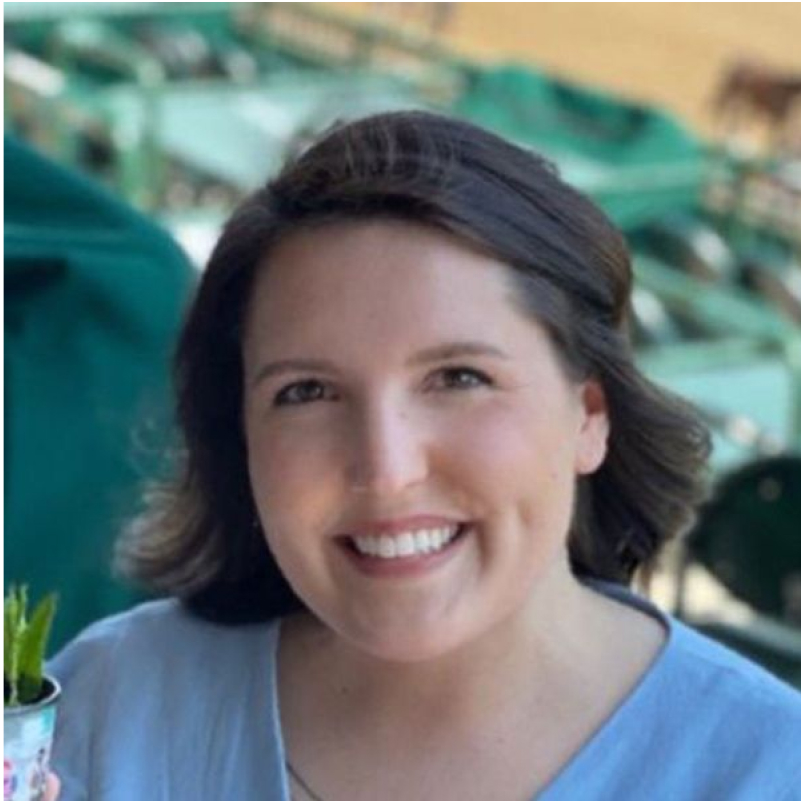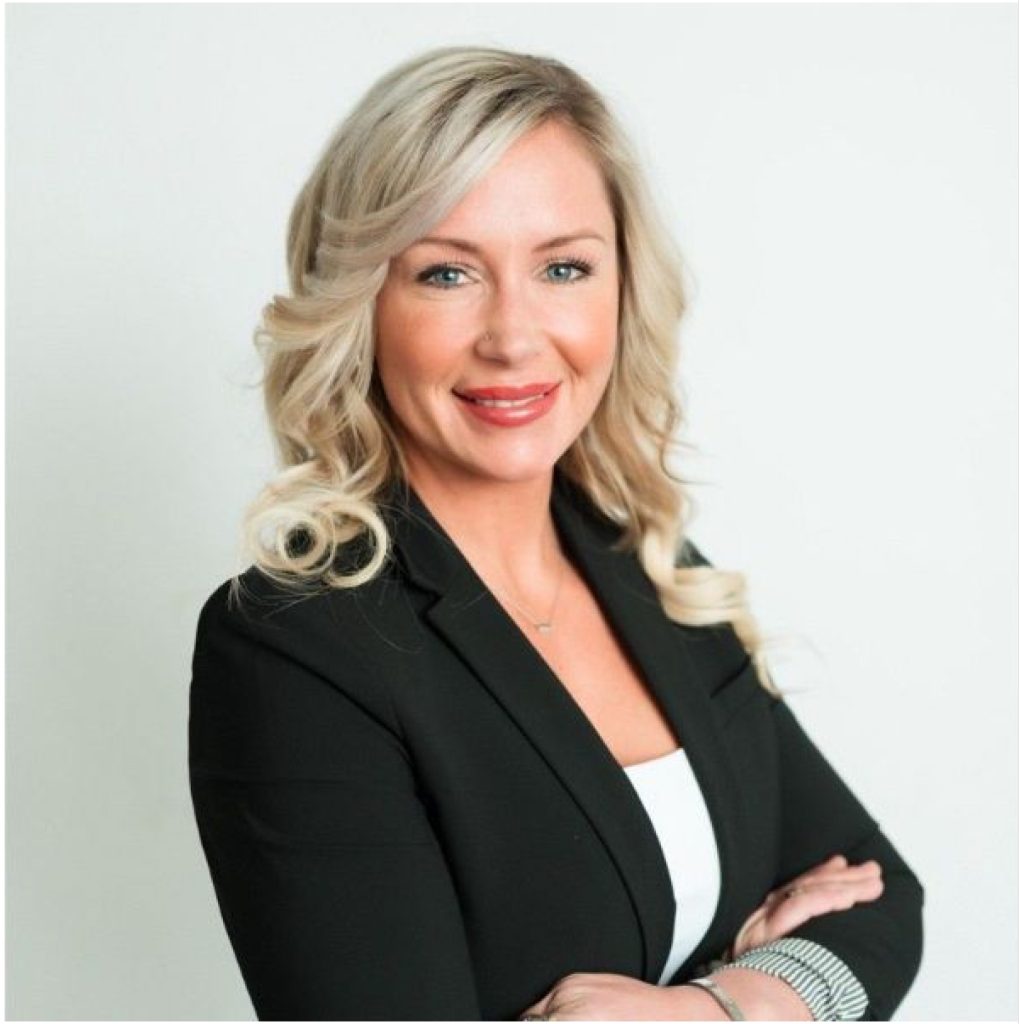Dr. Connelly, a distinguished oral and maxillofacial surgeon, shares his transformative journey from dentistry to academia and innovation. As we delve into his story, we explore his academic pursuits that led him to become a full professor at the University of California, San Francisco. Dr. Connelly introduces us to his latest invention—a pioneering mouthwash aimed at cancer prevention by neutralizing harmful free radicals, blending healthcare with groundbreaking innovation.
The operating room comes alive as we highlight the vital role of medical sales representatives, especially during intricate procedures like TMJ surgeries. These reps provide indispensable support, ensuring surgical teams have the right tools and guidance for successful outcomes. Their behind-the-scenes expertise keeps the surgical environment running smoothly, showing the seamless collaboration necessary for medical excellence.
Advancements in surgical technology and innovative oral care products take center stage in our conversation. From virtual surgical planning that revolutionizes precision in jaw surgeries to cutting-edge mouthwash solutions like Gengyve, the episode offers a glimpse into the future of oral health. Dr. Connelly also discusses the challenges and triumphs of launching online products, balancing a medical career with entrepreneurship, and navigating social media marketing, providing listeners with valuable insights into the evolving landscape of oral care and technology.
Meet the guest:
As the Founder and CEO of Gengyve USA, I am passionate about developing innovative solutions for individual oral health. Our first product that we have launched, Gengyve has been thoughtfully formulated and thoroughly tested to be the best and most versatile mouthwash on the market today. www.GengyveUSA.com
I also co-founded Boutique Venture Partners, a venture capital firm specializing in early-stage healthcare and life sciences investments. I enjoy partnering with startups that are creating novel platforms with deep domain expertise, composed of seasoned entrepreneurs, having solid IP and large growth potential while demonstrating societal impact. I leverage my clinical and research background to help AI designers and engineers appreciate the clinical significance of their work and to identify unmet needs and opportunities in the healthcare sector
Connect with him: LinkedIn
Website: www.GengyveUSA.com
Watch the episode here:
Or Listen to it on your favorite platform:
Love the show? Subscribe, rate, review, and share!
Join the Medical Sales Podcast Community today:
Episode Transcript
00:07 – Samuel Adeyinka (Host)
Hello and welcome to the Medical Sales Podcast. I’m your host, Samuel, founder of a revolutionary medical sales training and mentorship program called the Medical Sales Career Builder, and I’m also host of the Medical Sales Podcast. In this podcast, I interview top medical sales reps and leading medical sales executives across the entire world. It doesn’t matter what medical sales industry from medical device to pharmaceutical, to genetic testing and diagnostic lab you name it you will learn how to either break into the industry, be a top 10% performer within your role or climb the corporate ladder. Welcome to the Medical Sales Podcast and remember, I am a medical sales expert, sharing my own opinion about this amazing industry and how it can change your life. Hello and welcome to the Medical Sales Podcast. I’m your host, Samuel, and today we have another special guest, and he goes by the name of Dr Connolly and this is how I’m going to label this episode, because you’ve got to listen.
01:12
This doctor made a mouthwash. This surgeon made a mouthwash that prevents you from getting cancer. What Exactly? So make sure you listen to this episode. This is interesting. If you’ve ever been interested in oral maxillofacial surgery and how to be a representative in that space or what kind of medical sales is that, this is the episode for you. And if you’ve ever wondered how a mouthwash can change the game for your exposure to free radicals that cause cancer, you’re going to learn here. Radicals that cause cancer, you’re going to learn here. As always, we do our best to bring you guests that are doing things differently in the medical cell space. So make sure you listen to this episode, and I really do hope you enjoy this interview. Go ahead and tell the audience what type of surgeon are you and, yeah, give us a little bit of history on your I guess your start as a surgeon.
02:03 – Dr. Thaddeus Connelly (Guest)
Sure, absolutely so. I am an oral and maxillofacial surgeon, and so to be an oral and maxillofacial surgeon, you have to start out life as a dentist, at least in dental school, and so I did my undergrad about 50 years ago at the University of Miami, where, the first year I was there and the last year I was there, we won the national championship in football, nice. It was a good time to see a hurricane.
02:39 – Samuel Adeyinka (Host)
Nice.
02:40 – Dr. Thaddeus Connelly (Guest)
Yeah, it was awesome, and then traveled to Maryland for a few years and then went to dental school Columbia. So I’m a native New Yorker, upstate New Yorker, so very different than New York City, manhattan, but it was a great four years there and I did. I realized in dental school, there I was, I wanted to be an oral surgeon, uh, uh. And so, uh, I applied to be uh to different programs. That ended up going to uh University of California, san Francisco. Okay, um, uh, and that’s actually where I’m a full professor now. Okay, and that’s actually where I’m a full professor now. Okay, in the training program I’m heavily involved in research and so I knew I was going to get my PhD. So, after dental school, went to residency, Residency, you go to medical school to get your MD and then, being a glutton for punishment, I spent another few years doing my PhD.
03:48 – Samuel Adeyinka (Host)
Wow, so wait a minute.
03:50 – Dr. Thaddeus Connelly (Guest)
I got three of them Wow.
03:52 – Samuel Adeyinka (Host)
So you were a dentist first, then from a dentist you became a surgeon, and then from surgeon you became a PhD surgeon. Yeah, oh man, you must be a very smart person.
04:10 – Dr. Thaddeus Connelly (Guest)
I know, I just don’t know when to say no.
04:12 – Samuel Adeyinka (Host)
That is amazing. That is amazing, you know. So I just want to hang out there just for a moment. Um, because I don’t think people so everybody listening right now they are in either in medical sales or they want to be in medical sales or they’re somehow part of medical sales sometimes physicians too. But I don’t think people think about the rigor that you go through so that when a medical sales professional is approaching you to talk about their product or their service or their advice, they’re taking some of those things into consideration. So when you went to dental school and then you became an MD, was that just an automatic transition for you? Did somebody plant that? Then you became an MD? Was that just an automatic transition for you? Did somebody plant that seed? Did you say? Was that always the goal? How did that?
04:51 – Dr. Thaddeus Connelly (Guest)
It’s part of the training program. Part of the training program. So the oral surgery program is a six-year program. Okay, the first year you’re an intern. The year two and three, you, you go to medical. Third and fourth year of medical school okay, then you do a year of general surgery and then two more years of oral surgery. So, yeah, you go through a lot of a lot of training, a lot of different experiences. I mean it’s a whole journey. Um and uh, you know most of the medical sales reps I deal with. Most of them are like plating reps, they’re involved with the programs a lot of them.
05:54
A lot of the training programs, the reps are involved. Yeah, yeah, yeah, I mean particularly the sales reps that are around like universities and training. You know they really have a good of sense to at least spend some time near a training institution so you can get that flavor for what those people that you’re going to be selling to are doing that makes a big difference Absolutely Going back to the beginning of your career, not the beginning of your education?
06:23 – Samuel Adeyinka (Host)
really was being an oral surgeon something that you wanted from your undergrad days, or was that a kind of discovery?
06:34 – Dr. Thaddeus Connelly (Guest)
No, that was a discovery. I went to college. I actually left high school early because I was sick of high school and I was from being from northern New York. I was sick of being cold and so it didn’t really matter. I just I did early decision to the University of Miami, kind of had an idea that I wanted to be a doctor. That I want, like you know, like the medical field. My mom was a nurse, so I sort of like had that keyed in. You know, most a lot of you know some doctors I knew, not a lot.
07:12 – Samuel Adeyinka (Host)
I you know I respected and it was just interesting, like science was interesting to me, yeah. So then, what prompted the PhD? Was that also part of the program or was that a conscious decision?
07:22 – Dr. Thaddeus Connelly (Guest)
after everything, yeah, no, I mean. So right after college I spent just about four years working in a lab, a laboratory, at the University of Maryland, baltimore, baltimore, and so that you know that kind of I got a lot of. You know I ended up getting a really good research foundation there, and so from there you really can understand how you can look at a problem, from basic science all the way potentially up to the clinical application, and so it’s a really unique place to be and so I always wanted that to to be part of my, my journey, and so so I always kept research. I was always doing research, student, dental school doing research. Okay, I spent some time at the NIDCR doing research.
08:21 – Samuel Adeyinka (Host)
So it was I. It was yeah, okay. So when you think about your space, please talk to the audience and tell us what does it look like with your interaction with reps. Are reps with you, when are they selling to you? And once they have successfully sold to you, how are you working with them?
08:39 – Dr. Thaddeus Connelly (Guest)
Right, sure, so you know a lot of the reps we have very long term relationships with. So you know some when I started residency, like 20 years ago, and some of the reps that were there 20 years ago are still around, wow, and that I knew when I was an intern, right, and so you know, we know who they are. So you know, we know who they are, we know their family, you know they know our family, you know. So it becomes a very, very tight relationship.
09:10 – Samuel Adeyinka (Host)
Sure.
09:19 – Dr. Thaddeus Connelly (Guest)
And as time goes on they move up the sales ladder and they, you know, bring in their associate reps and whatnot, and so that I mean it becomes a friendly relationship. And you know, usually the way we work is, you know, it kind of depends on the level of their involvement you need on their product. So some of the longtime reps, they know we know their product better than they do and so they don’t really necessarily need to be in the operating room with us. But if it’s other things that we’re not, we don’t have as much experience with just using, then they’re. They’re always in their operating room just standing in the corner ready to answer a question. You know, just Johnny on the spot, and so that’s kind of how it sort of develops.
10:16
I mean, you always, like you know, they have a second set of eyes, you know looking and making sure the instruments are sterile, right right, everything set. You know we have residents for that, but it’s always good to have somebody getting your back on that level as well, particularly when you don’t have residents. It’s always good oh yeah, they got that set up, or the case is going to go here, this and we can see, and then we can. Whenever you want, we can talk about how things are changing.
10:45 – Samuel Adeyinka (Host)
Right, so we’ll get there. So you know. Just so everyone listening can be crystal clear on what it looks like. Take us into the room and first, doctor, can you just clarify specifically what you work on as a surgeon and then paint the picture of what the room looks like in a typical surgery?
11:02 – Dr. Thaddeus Connelly (Guest)
Yeah, paint the picture of what the room looks like in a typical surgery. Yeah, so as an oral and maxillofacial surgeon, I do kind of full scope oral and maxillofacial surgery and that means so, you know, in private practice and I do some private practice. Private practice is, you know, your bread and butter wisdom teeth and implants and things like that, and there’s absolutely a big role for medical sales there for dental implants and things like that. But but, but that’s, you know, in the private practice environment, but in the hospital environment it’s. It’s mostly the surgery where we’re moving people’s faces around orthognathic surgery, surgery where we do temporal people’s faces around orthognathic surgery, surgery where we do temporal mandibular joint reconstruction, and so there’s a lot of that that we do and most of the time we have the rep for the plating company plating system that we’re using that day is in the room.
12:05
So yeah, basically you know how the case starts is the circulating nurse is there, the scrub nurse is there, anesthesiologist is there. They start out by essentially getting everything ready the patient prepped, patient goes to sleep, usually gets intubated, and then we especially specifically wrap the head because we’re working at the head and around the breathing tube, and go to work and that’s you know, essentially, that is you know, so at a minimum. There’s the circulating nurse, the scrub nurse, anesthesiologist. A lot of times these days there’s a crna, a certified, registered anesthesiologist, or I think that’s how they would go to a crna and um, and then there’s a surgeon and and in a case where there’s residents, at least one or two or three residents in the room as well, and is there usually in a rep an associate rep, or is it usually one or the other?
13:05
Yeah, a rep or an associate rep or an associate rep yeah, usually both of them don’t come because they’re covering a wide area and if the introduction has been made and the associate rep comes, you know, comes around and we know who he is and that’s great yeah.
13:27 – Samuel Adeyinka (Host)
Awesome. Now, when it comes to that rep, or actually, how long are your surgeries typically like the typical surgery the most, in fact, what is the most common surgery and how long does it normally take?
13:49 – Dr. Thaddeus Connelly (Guest)
Um, I specialize in TMJ surgery and so, uh, like a one side TMJ replacement is about four or five hours, three, three, four or five hours, and if you do, sometimes we do both sides. That’s about eight, eight, nine hours.
13:57 – Samuel Adeyinka (Host)
Okay. So let’s think about wow, those are long procedures. Let’s think about one of those procedures what you expecting for the rep in that span of eight or nine hours. Are they helping you keep the room calm? Are they just there to be a resource when you ask a question? Are they doing? Something else that people don’t think about.
14:18 – Dr. Thaddeus Connelly (Guest)
I mean, the biggest part, the biggest help is when it comes to actually putting.
14:23
Sometimes we use cutting guides is when it comes to actually putting.
14:27
Say, sometimes we use cutting guides and so knowing where to point the circulator to oh, here’s the package, and then the scrub nurse, the scrub tech, takes the package, opens it and then you know, here’s the screws, pointing out where the screws are, where the screwdriver is, Because sometimes we’ll get a scrub tech that is not familiar with the system and they’ll end up needing that advice and rather than one of us have to, kind of like, take our concentration away from the patient, it’s awesome to have a rep that does that, that serves that purpose, and that’s great, Because then they’ll end up teaching the scrub nurse more about their set and their system as well. And I’d say, for the vast majority of time it’s not a very it’s kind of a limited time. Most of the time they’re just hanging out on their phone because we don’t need them until that point in time, but they’re always sort of paying attention and if we need something, say we need some imaging or something like that, they’re always there and very willing to help out.
15:34 – Samuel Adeyinka (Host)
Yeah, yeah, and in fact that was my next question. You know what does it look like, is it? They’re checking in every hour? Are they there in the room the entire time, but, like you said, on their phone just waiting to be called on what’s?
15:45 – Dr. Thaddeus Connelly (Guest)
the normal dynamic. Sometimes they come in and out. I mean, we don’t, you know, for the most part, you know the our reps that are that are with us. They sort of know when they’re needed, just what I what I explained. And so you know, we’re not going to notice if they’re in the corner or not, or if they’re outside the door, even if they go for a coffee break. We’re not going to notice. And it’s really the critical time is, you know, when we’re putting their stuff in. Sure, sure Makes sense.
16:18 – Samuel Adeyinka (Host)
So when you think about how reps approach, you think about the first time you’re meeting a rep. What give you know? Give us two or three things that you love. When a new rep is trying to gain your business, trying to develop a relationship, what are the things that say you know what I?
16:35 – Dr. Thaddeus Connelly (Guest)
this is what I want to see yeah, I mean to me, um, I, I, I like, uh, kind of a lower key approach.
16:46
I don’t like to be sold on stuff and I don’t like pushy things.
16:49
I don’t like to see that necessarily, because I might have something that I like and if you try to push something on me, I’m actually might be negative.
17:00
You know I’ve been using this for five years, and why should I, you know, and so you know, say, well, I, you know I’ve been using this for five years, and why should I, you know, and and and so, uh, you know, and I know you know, when you’re trying to sell something, you, you know, you sort of there are sort of rules, not rules, but the guidelines, you know, kind of like, don’t take no for an answer, whatever, whatever it is, uh, is that you have to be, um, and I’m a pretty easygoing guy, but there are others that are not so easy going and kind of make immediate judgments on you, uh, based on whatever, and those judgments can go forward rather than realize, you know, I, I realize that my first impression is usually wrong, um, but some people don’t, some people just take their first impression and hold it against them forever. So, so I like a subtle approach, you know, just to feel out, feel the person, the surgeon out, the people out, and you know it’s not it’s not a sprint, right, it’s that.
18:02 – Samuel Adeyinka (Host)
It’s kind of a long, it’s a long marathon. Yeah, no, it makes. It makes perfect, perfect sense. Um, but I want to get a little deeper into what that looks like, because a lot of people listening right now they want to be in medical sales, right, they’ve never had a position like this, or they’re in a different type of medical sales that they’re not dealing with the surgeon, like yourself. So when you say subtle, when you say you don’t want to be, you want someone coming to you pushy, can you give us a little example of what that looks like?
18:24 – Dr. Thaddeus Connelly (Guest)
Pushy no.
18:25 – Samuel Adeyinka (Host)
I’m saying, when you say subtle and you don’t want something pushy, right right, give us an example.
18:29 – Dr. Thaddeus Connelly (Guest)
Most of the time, you know, I say that it’s usually a pretty effective approach to come forward with something educational that says you know, our company has developed, you know, xyz, our company has developed, you know XYZ.
18:43
And I just, if you want, you know, here’s a brochure or a website. You know, if you think it would benefit you, I’d be happy to come back and tell you more and buy you a sandwich or whatever. And you know, something like that, I think, is usually a successful way to go, a success, successful way to go. And then on the backend, you know, uh, setting that up with our assistants, uh, rather than directly with us, because you know we got other stuff to do, Right, and so, um, uh, that’s usually the way I see it, and the most effective uh, effective, you know, just a nice introduction is what we do. This is the, this is maybe the benefit that would have on you. If you have, if you have a current solution, that’s great. If you don’t have a solution for it, then here it is and, yeah, and, like I said, kind of setting things up on the backend and not, you know, not have us to worry and think about that.
19:41 – Samuel Adeyinka (Host)
Sure, sure. Think about your best rep, then, and it could be one that you’ve known forever. It could be one that you’ve known for a number of years. What are the top three things they do that you just love to see from all your reps on a consistent basis?
19:55 – Dr. Thaddeus Connelly (Guest)
They always know what’s going on. If not, they make it their absolute mission to know what’s going on, and that might be with a case with an order, with whatever. They are going to think of, nothing else until your question is answered. And then just being friendly. We’re not going to necessarily go out to dinner together, but just being friendly and um, and you know, obviously the more time you spend with someone, the more familiar you’ll get with them. You know. You know after a hundred times in the or, and you know you step aside and chit chat and you know it’s kind of like so somebody, it’s like a work colleague at that point Right right, no, I get it.
20:45 – Samuel Adeyinka (Host)
I get it. So earlier you said that in a hospital you’re dealing with certain kind of reps and then outside of the hospital and clinic, you’re dealing with other reps. Speak to that for our audience members. What two different types of reps are you referring to?
21:07 – Dr. Thaddeus Connelly (Guest)
reps are you referring to so specifically, like dental implant reps? Uh, I, you, you would see, most most often in private, private practice, I’ll say over the either, that is, there’s something that’s kind of over the last five years, uh, they, uh, for whatever reason, the the presence of dental implant reps has decreased dramatically and I’m not sure, maybe they just the implant companies don’t see value or need, and then everybody’s kind of figured it out and okay, they don’t need to have somebody there sell you all the time. Uh, but that’s over the last five years, definitely something. I’ve noticed, um, though, that that’s the vast majority of reps that that you really see in a private practice in an oral surgery setting. Okay, for, for the hospital setting, yeah, it’s, it’s the.
21:51
So we, we do surgeries that require plates and screws to hold bones together. So definitely those reps, we, we have reps for the tmj replacement. We have reps for the TMJ replacement, which actually got bought by one of the plating and screwing reps. So it’s kind of the same rep to the same thing, right, we use sometimes biologic materials and they’ll have different reps. Some of the instruments we use, like some of the saws and cutting instruments that we use, have their own reps. So you know, and it’s all variable, like, particularly if we have a new instrument we’re using, that rep will show up two or three times, make sure we’re comfortable, and then we’ll be like you know, you don’t have to come anymore. And then you know, and so everybody’s, you know, trained, everybody’s had. You know, uh, trained. Um, I would say that you know, there’s that’s kind of kind of the in my experience in the oral surgery world.
22:53 – Samuel Adeyinka (Host)
Sure, sure, okay. So let’s, let’s change gears a little bit. You’ve been doing this for, I think, self-proclaimed 30 years okay, uh, yeah, yeah, so I’ve been.
23:03 – Dr. Thaddeus Connelly (Guest)
I graduated residency 2007. We’re almost there.
23:08 – Samuel Adeyinka (Host)
Okay, right, yeah, yeah. So take us back to 2007 and think about any medical innovation that impressed you, and then fast forward to today. What has been, in your opinion, the most impressive innovation in your space?
23:29 – Dr. Thaddeus Connelly (Guest)
Okay, so back then, I mean back then when you’re just starting out, I mean everything’s new. So it’s kind of like just figuring out what your role in the world is. That’s fair. What your role in the world is, that’s fair. Yeah, that’s a good question. I’m just trying to think what would I mean, you know at the time, you know, maybe a different, like plating design, not necessarily earth shattering to me or anything like that, but that would be one thing. You know, I would hear the reps talk about plating design, things like that, and then you know nothing. You know nothing, you know I. You know I was, you know it was outside of my specialty, because we do six months of being, you know, an anesthesiology resident, being an anesthesiologist, and I saw a lot of stuff there that was pretty amazing, like, particularly like neuroangiography, things like that, where they’re, you know neuroangiography.
24:37
Yeah, so where they they put a, basically a cannula, in your leg vein and then and they sneak it up all the way to your the vessels in your brain, so if you’ve had a stroke they can kind of clot that off. And I don’t, that was. That was very impressive. So that was kind of in the beginning stages and so and so that that sort of thing I think was the most amazing. But again, you know, when you’re just starting out, it’s all kind of new.
25:02 – Samuel Adeyinka (Host)
So Right, right, I guess the better question is what’s the biggest technological innovation you’ve seen up until today?
25:12 – Dr. Thaddeus Connelly (Guest)
I think virtual surgical planning.
25:15 – Samuel Adeyinka (Host)
Talk to us about it.
25:25 – Dr. Thaddeus Connelly (Guest)
So that is so when I first started out, like, say, orthognathic surgery, where you rearrange a person’s jaws because they’re not exactly.
25:28
They’re like, say, the upper jaw is too small or the lower jaw is too big. So we do surgeries where we can rearrange things, and when I was an intern, we used to do them just with on stone models and we used to literally cut the models and glue them back together when we got them in the right orientation and then we would make a splint, like physically make a splint on that model. Now we take a CT scan and we get on a Zoom call just like this, with a technician on the other end who has the CT scan all set up and a 3D reconstruction done, and he’ll do the virtual surgery where he makes the virtual surgical cuts. Virtually we’ll put the bones exactly where we want. We’ll make custom plates exactly where we want. Before we would bend the plates At the time of surgery, so there was nothing custom about them, okay, and so now, but now we plan exactly where bones go, exactly where the plates go, so we know we’re putting the bones where we wanted them. And yeah, I mean that’s revolutionary.
26:46 – Samuel Adeyinka (Host)
When did that innovation first come around?
26:50 – Dr. Thaddeus Connelly (Guest)
Probably you know, time flies so fast maybe four or five, maybe, yeah, maybe like six, seven years ago or so in your career.
27:03 – Samuel Adeyinka (Host)
It’s fairly recent, yeah, yeah what did that? Do for I mean and of course there’s data, I’m sure, but just from your opinion and what you saw, what did this do for accuracy of procedures? I mean, did it 100% increase, 200% increase? I mean, talk to us a little bit about that.
27:19 – Dr. Thaddeus Connelly (Guest)
No, I mean to me it’s a 100% increase. You know that obviously being very ballpark-ish, but, like you know, when you’re doing a lower jaw surgery, before there was no real way to tell where your jaw joint was going to end up. You just sort of like pushed on it and hoped that it ended up kind of in the right place so that it didn’t relapse when you took everything off. But now we can put the jaw joint and make a custom plate exactly where we want it. So we know that jaw joint is going to end up where we wanted it Because, like I said before, if it didn’t, it’s like you either have to redo it or accept it or whatnot. So that sort of thing has really changed how we can best serve the patient.
28:10 – Samuel Adeyinka (Host)
Really that’s awesome how we can best serve the patient really that’s awesome and with what you’ve just described, oh gosh, we’re gonna have to add this one. I had a question for you and I just lost it. It’s okay. Yeah, because I wanted to actually ask. So if that’s, the virtual is one of the biggest surgical, surgical innovations, what has it done as far as speed of the surgery? Are surgeries faster now because of this, or it doesn’t really impact that? It’s strictly just impacts the success of the surgery and knowing where to put things in the right place.
28:52 – Dr. Thaddeus Connelly (Guest)
So I’ll tell you, some surgeries are faster. Okay, sometimes it just sometimes I would say it doesn’t not, doesn’t necessarily. There’s still a learning phase going on right now of companies iterating their custom plates and screws and so as they go through those iterations, the performance or ease of use, I think, is improving. But that takes some time sometimes when the ease of use isn’t so great and, you know, maybe the next, next, next time, you know we give them feedback and it will be so I, you know I. So on that level it’s getting better. The speed is getting better On the dental implant side.
29:48
What is improving speed and increasing speed is we’re able to you know same thing virtually place implants right, and so we take an in-office CT scan, send it to a lab and with the same thing, we go through with a technician on the other end. They’re placing the implants where they need to be, and then, at the end of our treatment planning session, they make a guide where, where, exactly where, the implants go. So the guide we now, now we just we obviously have to drill into bone to make a hole for the implants. So the guide is exactly where we planned it and it does increase the speed and accuracy a great deal. So similar type of thing, but you know, and every every application is a little different. But I don’t know between dental implants and like yeah, or let’s say, orthognathic surgery.
30:51 – Samuel Adeyinka (Host)
That’s amazing. So what type of technician is this that’s doing it on the other side? I hope you’re enjoying today’s episode and I want to let you know our programs cover the entire career of a medical sales professional, from getting into the medical sales industry to training on how to be a top performer in the medical sales industry, to masterfully navigating your career to executive level leadership. These programs are personalized and customized for your specific career and background and trained by over 50 experts, including surgeons. Our results speak for ourselves and we’re landing positions for our candidates in less than 120 days in top medical technology companies like Stryker, medtronic, merck, abbott you name it. Would you run an Ironman race without training and a strategy? You wouldn’t. So why are you trying to do the same with the medical sales position? You need training, you need a strategy and you need to visit evolveyoursuccesscom, fill out the application schedule some time with one of our account executives and let’s get you into the position that you’ve always dreamed of.
31:58 – Dr. Thaddeus Connelly (Guest)
So they are.
31:58 – Samuel Adeyinka (Host)
I don’t know what you’ll call it somebody who knows how to run the software.
32:01 – Dr. Thaddeus Connelly (Guest)
It’s from the company of whatever software you’re using, yeah, and usually it’s the plating company or the company that’s selling us the hardware, and the vast majority of the time, um, the rep is on that call too, uh, so that’s another, that’s another. So the rep, uh, will be there to uh, uh, make sure the uh uh communications intact and, um, and nothing gets lost, uh, and so that that’s a kind of a. A new role for a rep is to facilitate that virtual surgery, and so it’s a very, I guess that’s pretty interesting actually.
32:43 – Samuel Adeyinka (Host)
Yeah, I know it sounds like it. How has AI impacted any of this?
32:49 – Dr. Thaddeus Connelly (Guest)
It’s coming, it’s coming, it’s coming. So there are lots of. So there’s still very much, I think, a desire to have a human in the loop, no doubt. But you know, ai, manipulation of imaging AI is going to be able to place implants of imaging AI is going to be able to place implants. They’re going to be able to design custom plates. There’s nothing it won’t be able to do. I think technically, then it’ll just be able to eventually not need the technicians so much. But really, what the technician is for is somebody to know how to use the planning platform.
33:38 – Samuel Adeyinka (Host)
Right, right, so AI is going to be able to do that, yeah.
33:48 – Dr. Thaddeus Connelly (Guest)
And so at some point the surgeon is just going to look at it and sign off on it, kind of like the way we do now with a live technician, kind of like the way we do now with a live technician, and I think that probably mostly will be one of the big advances. I think everybody’s trying to find a solution that will involve AI. Some of it is not necessary. They’re just kind of doing it because it’s AI and it’s smart.
34:12 – Samuel Adeyinka (Host)
It’s the latest thing.
34:13 – Dr. Thaddeus Connelly (Guest)
It’s the latest thing, yeah exactly, but there are places where it really will provide value and patient benefit.
34:22 – Samuel Adeyinka (Host)
Do you see a world where a robot is doing the entire surgery without human interaction in your lifetime?
34:34 – Dr. Thaddeus Connelly (Guest)
the entire surgery without human interaction? In your lifetime Probably not without human interaction, but they have a robot that places dental implants now. Right, that does it now, and I’m not sure the economics really works out at the moment for that.
34:54
Speak to that. So you know, I honestly don’t know how much the robot is, but it’s probably pretty expensive and particularly people in private practice you know it’s something they want to scale. You can’t charge too much for it. So one of the bigger advances over like, say, the last 20 years was people went from you know, plain radiographs to digital radiographs Okay, and then digital radiographs and they have this machine called the Conebeam CT which kind of like, more or less takes a CT scan in your office Okay, more or less takes a CT scan in your office. So just, you know it took 20 years for some people just to adapt that technology, you know, to go from plain film to you know, to digital.
35:42
Same thing with the EMRs, electronic medical records. It’s taken them, you know, a long transition. Some people are early adopters, some people it takes a long time and you know those are transitions. But particularly for the robots, there are people that are all for it. It doesn’t matter how much it’ll cost. But then if you look at the people, looking at the economics of it, it’s like, how many implants do I need placed to justify the cost of this robot? And it doesn’t make sense for them to go do this.
36:14 – Samuel Adeyinka (Host)
Right.
36:15 – Dr. Thaddeus Connelly (Guest)
Is it really better for a robot to do it than me just to do it?
36:24 – Samuel Adeyinka (Host)
For the individuals that see the value of the robot and want it, regardless of how much it costs. What value are they holding on to Like? Why are they saying this?
36:39 – Dr. Thaddeus Connelly (Guest)
So I think you know accuracy and speed, probably. But you know, in my mind, if you’re doing it virtually anyway and you’ve got a guide, as you’re basically taking out the guide, part of it, because you’re going to do it virtually and to be able to tell what the robot what to do, right, uh, so I think I think it. I think it’s more uh, more of a uh. You know people like me that have been placing implants for 20 years or whatever you, you know I, it’s not going to improve too much, but you know, maybe people that are not so used to it uh, not that they don’t have the experience uh, might look at that and say, oh, this is a good solution for me, cause I’m not real comfortable, sure.
37:29 – Samuel Adeyinka (Host)
So you see it more in the wheelhouse of the newer, just the newer.
37:32 – Dr. Thaddeus Connelly (Guest)
I think so. Yeah, because you know and it’s just like a lot of other dental AI, like a radiograph software that’s out there. You know they can look at a cavity and spot a cavity, but you know, that’s what. You know. That’s what a dentist who’ve been practicing for 20 years does every day and can walk into a room and smell it. They don’t need help doing that, right. So what do they really need help with? And so new people? Yeah, okay, then, fine, gotcha, but someone who’s experienced, I don’t need help with that.
38:07 – Samuel Adeyinka (Host)
No, no good point, that’s a fantastic point. Okay, so this is fantastic, but I want to capture some of the things that you also do, because while you’re, when you are not busy being an oral and mexican facial surgeon, you are busy being an entrepreneur and you have what I think is the coolest mouthwash that I’ve ever heard of.
38:31 – Dr. Thaddeus Connelly (Guest)
Can you?
38:31 – Samuel Adeyinka (Host)
please share with our audience what I am talking about.
38:34 – Dr. Thaddeus Connelly (Guest)
Absolutely so. The product’s name is Gingivy, so it’s G-E-N-G-Y-V-E Not the easiest name to pronounce, and the reason for that is in its origin is, I don’t know, maybe five or six years ago, a friend of mine from Italy, from Milan, italy, a good friend of mine. We were talking about mouthwashes and what mouthwash we’d like to recommend to our patients and we kind of thought for a second and go, you know what kind of isn’t a mouthwash we really like? So we did a systemic review of mouthwashes with some other people published that still not really happy. And then we did another review on the adverse effects of mouthwashes, because some mouthwashes out there are really pretty kind of not so easy on your mouth.
39:30 – Samuel Adeyinka (Host)
Wait a minute, wait a minute, we got to get into this. Easy on your, your mouth, wait a minute, wait a minute, we got to get into this. So right now. So right now, people listen to this and people using scope and listerine and who knows what. What is the before we even get to your amazing product? What is the problem with majority, if not all, the current mouthwashes available in the market today?
39:49 – Dr. Thaddeus Connelly (Guest)
so. So number one is high levels of alcohol. So alcohol will kill bacteria, sure, but it also don’t when you’re generating inflammation, like through irritation or what have you. It’s not good for your general system and your local mouth, your local environment, your mouth tissues. And so alcohol is, for a long time, has been a primary component in mouthwash, and then the secondary. The other main actor that’s in a lot of particularly newer mouthwashes are things that create free radicals, and so they use free radicals to kill the bacteria, which kills the bacteria. But the problem is, free radicals also stimulate inflammation and tissue damage, right, and so they try to control it with concentration. But if you use it for long enough, the free radicals what you’re trying to fight against. You don’t want free radicals running around your tissues, because it’ll start destroying stuff, and so having free radicals like a physical.
41:20 – Samuel Adeyinka (Host)
If there is one long term consequence of consistent free radicals and not paying attention to this, what does it manifest as?
41:29 – Dr. Thaddeus Connelly (Guest)
So it could increase your risk for gum disease. It could increase your risk for other gum types of lesions and even to pre-cancer and cancer. I mean free radicals can produce DNA damage right, and so that I mean alcohol can do that. I mean one of the worst factors of one of predictors or risk factors of oral cancer is smoking and alcohol use. Do those two together and your risk of getting oral cancer skyrockets. And that’s because there’s all these harmful free radicals and other substances running around changing your DNA and it’s affecting your tissue so it can’t respond to changes in the DNA and allows these abnormal cells to proliferate and make badness.
42:24 – Samuel Adeyinka (Host)
Why is everyone going to throw away their mouthwash after they listen to this episode? My goodness, no, this is good this.
42:32 – Dr. Thaddeus Connelly (Guest)
No, this is good, because we looked and we said that’s why a lot of people don’t have, you know, a lot of people don’t use mouthwash number one they should. But that’s why we looked and we said we need to make something different and something scientifically based.
42:49 – Samuel Adeyinka (Host)
What turned you guys on to wanting to even do this? What was noticed, whether it be through a patient or through a discussion? I mean, how did you come to this conclusion that, hey, you know what? We’ve got to do something about this?
43:01 – Dr. Thaddeus Connelly (Guest)
Yeah, so I mean, if you look at the data just for the United States, close to 60% of the population, 60% of the population, have some level of gum disease, right? So that could be very mild, you know, right at the edges where the gum tissue meets the teeth, the gingivitis, or it could be, you know, moderate to severe, advanced periodontitis. And when you start to get periodontitis you go from the mild gingivitis to advanced gum disease where now you’re starting to lose bone around your teeth. And then losing bone around your teeth means at some point you’re going to lose your teeth, and so that’s 60% of the population. Wow, and so you know, as a dentist and someone who wants to make an impact on people’s lives, you know, looking around, well, let’s say, well, maybe making a better mouthwash would be that step, and which is why we, you know, we did the work and we looked at the ingredients you might want to put in a mouthwash and came up with Ginger.
44:08 – Samuel Adeyinka (Host)
Bee. So free radicals, we don’t want them. Alcohol, we don’t want it. What else do we not want in the current available mouthwashes today?
44:18 – Dr. Thaddeus Connelly (Guest)
I think there’s a question about fluoride. Yeah, because for a long time people left fluoride out of mouthwashes for better or for worse, and there’s only a couple on the market that have it. You know fluoride and some people are very wary of it. You know as a dentist, trained as a dentist. Like the second thing you learn, second day you learn that fluoride is necessary and absolutely critical and I still believe that for toothpaste. But I think it’s questionable why you would necessarily need it in your mouthwash. That’s controversial.
45:02 – Samuel Adeyinka (Host)
Okay, and this is for all of us that just don’t know what is fluoride actually doing for your teeth. Why is it good, why is it bad? Yeah?
45:11 – Dr. Thaddeus Connelly (Guest)
So two things. One, fluoride, is actively killing the bacteria because of what it is. It’s a negative ion, Think of like chlorine, or you know that. So it’s actively killing the bacteria, but it also does play a role in remineralizing your teeth, and so, no question, that’s a mechanism that exists. I’m not, you know. I said I’m a pretty good big proponent of fluoride toothpaste. That’s what I grew up on, that’s what I was trained on. I don’t think you should not use fluoride toothpaste, but I don’t think it’s as beneficial as a mouthwash.
45:54 – Samuel Adeyinka (Host)
So you want fluoride in every mouthwash, in mouthwash. You want fluoride in your mouthwash.
45:59 – Dr. Thaddeus Connelly (Guest)
Oh, actually sorry, I don’t think you need fluoride in your mouth.
46:03 – Samuel Adeyinka (Host)
In the mouthwash Okay.
46:04 – Dr. Thaddeus Connelly (Guest)
Yeah, I wouldn’t. I don’t think it belongs in the mouthwash Toothpaste. Yes, because you, you know, as you actively take away the gunk on your teeth, you want to be able to put things on the tooth surface that will help protect it, and that’s one of the things fluoride does.
46:20 – Samuel Adeyinka (Host)
Okay, okay, okay. So, in the perfect world, you’re buying toothpaste with fluoride in it and you’re using gingivine, right? Yep, okay, now tell us more about gingivine. So we know that it doesn’t have free radicals, we know that does not contain alcohol and we know that it does not contain fluoride. So now, what are the good things it does contain that make it such a special product?
46:42 – Dr. Thaddeus Connelly (Guest)
Right, absolutely so. The first thing is hyaluronic acid, and so you know, you’ve probably seen commercials of high-end cosmetics these days with hyaluronic acid. Yes, yes, and the reason why is because it actually works. We all have hyaluronic acid in our body, all over our body. It’s part of our soft tissues, it’s part of our joints and ligaments, because it attracts water. The molecule attracts water and it provides hydration and cushioning where it’s at and a reasonable amount of strength.
47:22
The highest level of hyaluronic acid in your body is actually the umbilical cord, because it needs to stretch, it needs to be soft and protect, and so that’s why it works so well. That’s why people put it in cosmetics, because it hydrates, it protects, it promotes healing, and so it’s in the mouthwash. The second thing I’d like to bring up is a molecule called Poullulon, and this is a molecule that’s actually derived from a starch, and every one of our molecules, we want it to derive from a natural environment, and actually the chemical structure of Poullulon was first derived from a fungus, and so you’re like I don’t want to put anything in my mouth. That’s a fungus.
48:09 – Samuel Adeyinka (Host)
But it’s just the chemical structure.
48:10 – Dr. Thaddeus Connelly (Guest)
So you and, like I, don’t want to put anything in my mouth. That’s a fungus, the chemical structure. So you know, you and I, we can run away from threats. But a fungus doesn’t necessarily have that ability. So what they do is they produce a sticky substance on their outside to protect from bacteria and viruses and things like that. Sure, and that’s what P what pool your lawn is. It provides a, a sticky, a sticky, a mechanism to stick to your gum tissue.
48:38 – Samuel Adeyinka (Host)
Okay.
48:39 – Dr. Thaddeus Connelly (Guest)
And so start to form a physical barrier against plaque buildup, biofilm buildup, and so that’s why we specifically put it in there, because hyaluronic acid does that to a certain extent, but hyaluronic acid with poolulone does it really nicely and makes that physical barrier on both your hard and soft tissues. Next thing is CPC. Okay, so that’s a compound that’s been around for a while and that’s the antimicrobial compound, right. And so the trick is to pick an antimicrobial compound that one kills bacteria but two doesn’t kill anything else, right, or doesn’t kill your tissues. Otherwise, you know, you might as well drink battery acid or something, right? So it makes a big difference to have something that’s subtle but yet really powerful, and that’s what CPC is, and it’ll kill bacteria that cause cavities and gum disease very nicely.
49:50
And it even kills viruses really good. And so I have a lot of patients that use it. Even kills viruses, really good, wow. And so I have a lot of patients that use it during cold and flu season just because of the viral protection. Wow, it’ll enhance that. So, yeah, that’s a real huge benefit. And lastly, to mention, is castor oil, right, wow castor oil Turns out our moms were correct.
50:18 – Samuel Adeyinka (Host)
Wow, I wasn’t expecting that one.
50:20 – Dr. Thaddeus Connelly (Guest)
Okay, yeah yeah, but castor oil has kind of enjoyed a resurgence in the late because the main component of castor oil is this thing called rinoleic acid. And what rinoleic acid is? It’s actually very anti-inflammatory. So, rather than a lot of the other mouthwashes producing free radicals and promoting inflammation, gingivine is actively providing anti-inflammatory component and rinalaic acid gets really deep into the tissues to promote that anti-inflammation. On top of that, castor oil actually kills bacteria and it actually kills fungus. So we all have fungus in our mouth too. We all have bacteria. We all have fungus. We all have viruses. They’re there. The idea is to make sure that we have good ones and not bad ones, but the castor oil will kill the bad candida fungus from. Sometimes we have candida infections. Get out of control and this will help that from happening and this will help that from from happening.
51:36 – Samuel Adeyinka (Host)
Wow. So I have to ask you know, what did the, the combination of all these ingredients come from? Just the knowledge you and your colleagues already had? Or did you guys sit down and say, okay, we have to make sure it does this, we have to make sure it does that, we have to make sure it does that? How did it all come together to make gingivine?
51:49 – Dr. Thaddeus Connelly (Guest)
I think both. I think the research and literature about hyaluronic acid and its benefits had been building for a few years, so that definitely was one molecule that popped out on us as being important the poliolone, and we also. There’s another molecule called PVP to make a sort of a viscoelastic physical barrier. We sort of knew they existed and that’s sort of one characteristic we wanted. Cpc has been around for, you know, 40, 50 years and that’s fine because we knew that it was not going to produce. It doesn’t work by making free radicals, it works a different way to attack the membrane of the bacteria, and so we knew that was a good, effective antimicrobial that was not going to be harmful in that way. And then castor oil, you know it’s been around a long time and um, and it just was seemed like a natural fit to do the some of the things we wanted it to do. Wow.
52:58 – Samuel Adeyinka (Host)
Wow, okay, in your estimation, how many people guessing would you say have used this product?
53:07 – Dr. Thaddeus Connelly (Guest)
Um, so we’re just, uh, just now, salt. So it was always the idea that my colleagues in Italy introduced it to Italy and Europe. And so you know, at this point, you know 100000 plus, you know, kind of a guess.
53:24 – Samuel Adeyinka (Host)
That’s a substantial number, so let’s take that 100000 plus thousand plus. I mean, when? What happened? When you first said okay, this is this, is this, is it as in everything?
53:42 – Dr. Thaddeus Connelly (Guest)
we thought this could be, is what happened takes there, uh, I mean, so you know the first, um, you know, we knew, just because we knew the product, the the products we were wanting to synergize. We knew we were onto something. I think it was really when we got the first clinical trial back showing that it was equally effective to this product called chlorhexidine, which, if you go to the oral surgeon and get a wisdom tooth extraction, they’re going to give you chlorhexidine, right, okay, and so it killed bacteria just as effectively as chlorhexidine does. Problem with chlorhexidine is that it kills bacteria, but you can only use it for two weeks, and so then, after two weeks, what do you do? You don’t have there’s nothing.
54:27 – Samuel Adeyinka (Host)
You can’t use it. Why can’t you use it after two weeks?
54:29 – Dr. Thaddeus Connelly (Guest)
Well, because it causes irritations to your mouth tissues, can cause ulcers, oh wow. And it can give you blue teeth, and so it can change the color of your teeth to blue.
54:41 – Samuel Adeyinka (Host)
You say blue teeth, like that’s a common phenomenon that’s known in the dental world. What is blue teeth? I’ve never even heard of it.
54:47 – Dr. Thaddeus Connelly (Guest)
Yeah, absolutely it is. It’s almost standard of care to say, ok, use this mouthwash, but stop after two weeks. Wow. And so now we have a mouthwash that’s just as good and you can use it for way longer. You can use it the rest of your life.
55:02 – Samuel Adeyinka (Host)
There’s no reason not to OK, and so what? What I mean? So that’s the clinical piece, which is the most important, and amazing results. What are consumers saying? They love the taste. Is it refreshing?
55:13 – Dr. Thaddeus Connelly (Guest)
Do they notice?
55:14 – Samuel Adeyinka (Host)
a difference.
55:17 – Dr. Thaddeus Connelly (Guest)
They love the taste. It’s a subtle taste. There is medicine in it so it’s a touch medicine-y but it’s not like ooh, that was kind of gross. There’s a little bit of medicine in it but it’s very smooth. It’s not alcohol burn-y. To this day, when I try listerine, which I don’t very often right, it’s like you just did a shot of jägermeister, right. And then I, you know, a year, a couple years ago, I got um a product from my dentist. Uh, that my dentist. It tasted just like pool water and I said you know what that tastes like pool water?
55:56
He’s like well, it kind of is, and then that’s more of the free radical stuff, right? So, chlorine and chloride and things like that. So, yeah, it’s, but the feedback we get is that you know what my gums stop bleeding. The hygienists that give it to their patients, they love it, they love the results. Dentists they actively, you know, tell their patients look, you know. If you want to, you know, take the next step up, level up, use. You know, use Gingivy.
56:33 – Samuel Adeyinka (Host)
Wow, yeah, okay, I might have to get myself some Gingivy. I’m listening right now that it’s still just like I am.
56:40 – Dr. Thaddeus Connelly (Guest)
Yeah, I’d be happy to send you some.
56:43 – Samuel Adeyinka (Host)
Right, right, please. Where can people find Gingivy and get their hands on some?
56:48 – Dr. Thaddeus Connelly (Guest)
Right now we have an e-commerce store, so wwwgingivigengiveusacom, and it’s made in America, in Dallas, texas, actually.
57:05 – Samuel Adeyinka (Host)
Okay, that will be in the show notes. Folks, that will be in the show notes, okay.
57:13 – Dr. Thaddeus Connelly (Guest)
And I’ll have you know, it’s founded and owned and operated by disabled veterans. Wow and so. Yeah, so I actually work. My main gig is at the San Francisco Veterans Administration. That’s very cool. Yeah, so I’m lucky enough to know these vets.
57:26 – Samuel Adeyinka (Host)
I’m not a vet, but my partners are, so you know, when you tell us everything you’ve shared with us in the last 10 minutes, gingerveen is easy. I mean, why wouldn’t I use Gingerveen? You are. You are the expert of all experts, literally. I mean you even have a PhD to throw on top of everything else. You got going on, yeah, and it’s kind of like you know I’m going to do this, but there’s a reality of the public what the public believes, the public understands, and then there’s a reality of educating the public on a massive scale. So talk to us about how is that?
58:00
Is that, is that even a challenge for you guys right now? Is that not the challenge? What is the challenge and how are you guys doing that with the education?
58:07 – Dr. Thaddeus Connelly (Guest)
Yeah, no, it’s a massive challenge, right? So you know, you just think of the people that think they’re important in academics, right? So, yeah, you take the most famous like brain surgeon there is in the country. Do you know what his name is? I?
58:25 – Samuel Adeyinka (Host)
don’t.
58:26 – Dr. Thaddeus Connelly (Guest)
Yeah, me, neither, right. So that’s the thing, right. Big pond, small, small pond, big fish. So you gotta, you gotta, make sure, do what you can to get eyeballs on your product. And it’s just marketing. It’s just uh. You know, nowadays social media is so nuanced, uh, that if you you try to do it on your own which I did a little bit uh, you’re not going to go anywhere, you’re just going to waste your money. And so you very much need to partner with marketing people that know how to do that system, whether it’s Meta or Google. And then you know that’s one level, that’s the e-commerce level. It doesn’t even matter if you’re e-commerce or not, even if you’re retail. I mean, you know, most of us are on our phones in some respect.
59:14 – Samuel Adeyinka (Host)
Yeah, you’re absolutely right, most of the day right, you’ve got to know how to navigate the social media world. Yeah, you’ve got to do it.
59:21 – Dr. Thaddeus Connelly (Guest)
Somehow, someway, you’ve got to get some eyeballs on you. And then you know you have to think about your audience. Some people are going to know what. You know, what, what, what, what you’re talking about as far as a high level. Some people are going to have a very basic level. Well, I kind of know I have teeth, Right, OK, you’re supposed to clean them. What do you mean? Yeah, exactly Right. So you have to keep that, keep that in mind when you’re talking about it. Say, you know what’s attractive to a person who has a limited knowledge of dentistry? And it’s hard for me because I’m a dentist and a doctor, I know all this stuff and so you know it’s always good to have another perspective as somebody who doesn’t know as much as I do. Because, you know, I’m usually the one starting the education process. But I have to realize that I’m not talking to me. I’m usually the one starting the education process, but I have to realize that I’m not talking to me.
01:00:16
I’m talking to somebody who’s not me, right?
01:00:18 – Samuel Adeyinka (Host)
Right. Where are most of the current users coming from?
01:00:23 – Dr. Thaddeus Connelly (Guest)
I’d say the bigger cities, because that’s kind of Is it in stores or is it online only? Right now it’s online only. I mean right now. I’m talking to retailers now, but you know you have to. Everybody tells you you have to pick and choose your retailers correctly, and we’re not trying to get ahead of our skis, as they say so, but you know we’re online right now doing well.
01:00:54 – Samuel Adeyinka (Host)
And Europe is the one that’s making most of the purchases right now because they’ve been.
01:00:56 – Dr. Thaddeus Connelly (Guest)
They’ve been around longer. We’ve been around, like you know. Really last couple of weeks we really stood up our store and our I’m just now starting to roll out the social media stuff this week are you getting sales already, any of you guys?
01:01:09
oh, yeah, sure, absolutely, and, uh, absolutely, and, yeah, absolutely. And you know, for a while I’ve been building an online following what’s your platform? I’m pretty active blog writer, so I have blogs on the website that talk about a variety of different things, from jaw joint stuff to omics to things like that, and so, yeah, I even talk about quantum biology.
01:01:44 – Samuel Adeyinka (Host)
Yeah, yeah, yeah, yeah, that is fantastic. Look again, I’m sold. This is. I’m not joking. I’m ordering some ginger bean before the end of the day.
01:01:55 – Dr. Thaddeus Connelly (Guest)
Send me your address. I will send it to you, okay.
01:01:59 – Samuel Adeyinka (Host)
You guys are my witness. I’m sending you my address. I’m going to get something. I will. I will get back on this show and tell everybody exactly what my experience was. Absolutely. That is fantastic.
01:02:23 – Dr. Thaddeus Connelly (Guest)
Well, you know doctor, it was awesome spending time with you this this this afternoon and just learning all the amazing things you’re doing, the wonderful career you’ve had and the impact you’re making with this amazing product that I can’t wait to try. Is there anything else you want to share with our audience? I think, just if I’m like a poster boy for education, right. So you know I’m always into learning the new things and I think that’s kind of what keeps you young is, as I’m finding, doing the business stuff. I was never a business guy, but now I’m a newbie at the business thing, right.
01:02:49
So it keeps you kind of young and your juices flowing.
01:02:56 – Samuel Adeyinka (Host)
That is awesome.
01:02:57 – Dr. Thaddeus Connelly (Guest)
Thank you for sharing that we got one more thing to do before I let you go today, doctor, are you ready?
01:02:59 – Samuel Adeyinka (Host)
yeah, okay, this is called the lightning round. I’m gonna ask you four questions and you have less than 10 seconds to answer each one got it. First question what is the best book you have read in the last six months?
01:03:12 – Dr. Thaddeus Connelly (Guest)
I don’t get much time to read. Yeah, probably, like probably I listen. Does podcast count?
01:03:23 – Samuel Adeyinka (Host)
Sure, we’ll allow it All right.
01:03:27 – Dr. Thaddeus Connelly (Guest)
So Sean Carroll is a theoretical physicist at Johns Hopkins University and he came out with a book about quantum field theory. Okay, and that’s probably the latest.
01:03:39 – Samuel Adeyinka (Host)
Okay, I take it. Did you learn something from that book, or was that just kind of like an exercise in what can be?
01:03:46 – Dr. Thaddeus Connelly (Guest)
No, I learned something from that book. As you can imagine, most people don’t even know what quantum field theory is, which is fine. It’s a little hard to learn about, mostly math on a podcast. A book that’s done verbally.
01:04:09 – Samuel Adeyinka (Host)
I get it. What is the best TV show or movie you’ve seen in the last six months?
01:04:16 – Dr. Thaddeus Connelly (Guest)
So it’s a YouTube thing, does that count?
01:04:19 – Samuel Adeyinka (Host)
Sure.
01:04:20 – Dr. Thaddeus Connelly (Guest)
So I’m a big fan of History of the Universe, okay.
01:04:26 – Samuel Adeyinka (Host)
Is that with?
01:04:27 – Dr. Thaddeus Connelly (Guest)
oh my gosh, his name escapes me the astrophysicist right so it’s astrophysics, but it’s not um, it’s not with uh, the probably the guy.
01:04:41 – Samuel Adeyinka (Host)
There’s not usually not a face on it, it’s usually about it’s usually a narration with I see, I see, okay, so it’s not who I was. Okay, yeah, all right, and then what is the best meal you’ve had? We want the location, the restaurant and the item.
01:04:56 – Dr. Thaddeus Connelly (Guest)
Okay, so this is not something I do very often at all. It’s the first time I went to French Laundry in Yonville, california the famous. French Laundry. That was, yeah, by far the best one I’ve ever had in my life.
01:05:11 – Samuel Adeyinka (Host)
Wow, and what was the item? What’s the item called?
01:05:17 – Dr. Thaddeus Connelly (Guest)
The store, the restaurant French Laundry, and so Thomas Keller is this famous like chef owner guy. Okay, okay, yeah, it was really nice.
01:05:29 – Samuel Adeyinka (Host)
What do we get there? What’s the item?
01:05:30 – Dr. Thaddeus Connelly (Guest)
It’s like they give you, like 13, 14 courses.
01:05:34 – Samuel Adeyinka (Host)
Oh, wow, so it’s an experience. Yeah, yeah, yeah, very much Is it.
01:05:39 – Dr. Thaddeus Connelly (Guest)
Michelin. Oh yeah, I mean it’s like one of the best restaurants in the country. Oh, I’m going. You need to start months ahead of time.
01:05:48 – Samuel Adeyinka (Host)
Okay, okay.
01:05:59 – Dr. Thaddeus Connelly (Guest)
And I’m in Californiaifornia. That’s gonna happen, yeah, and then, last but not least, what is the best experience you’ve had in the last six months? So about a year and a half ago, we adopted two children from india and um, and just about six months ago we, uh, finally got the last of the court procedures done and got an official official in the state of California.
01:06:14 – Samuel Adeyinka (Host)
Beautiful.
01:06:15 – Dr. Thaddeus Connelly (Guest)
That was probably the best experience in the last six months.
01:06:19 – Samuel Adeyinka (Host)
Oh, thank you for sharing that one with us. Wow, you can’t top that.
01:06:24 – Dr. Thaddeus Connelly (Guest)
That is fantastic Congratulations.
01:06:26 – Samuel Adeyinka (Host)
Many, many congratulations to you. And again doctor it was. It was awesome in this time. We can’t wait to see all the amazing things you’re going to continue to do and thank you for being on the medical sales podcast.
01:06:36
Thank you very much Happy to, and that was Dr Connolly. Wow, fantastic stuff. A mouthwash that prevents free radicals, spares us of alcohol. I mean, who knew? Who knew that the mouthwash available today is causing all this damage? You know, I always joke with my son that 50 years from now they’re going to say can you believe they used to do this? Can you believe they’re going to say can you believe they used to use this kind of mouthwash? Can you believe that? I already see it happening?
01:07:06
Long story short though, all jokes aside, make sure you check out Ginger Vine. We have his information to get access to that mouthwash in the show notes. I’m going to get some. Get yourself some. And you know what? Let’s one-up this. Send me, send me at hello at Evarva Success. Send us at hello at Evarva Success your experience of using Ginger Vine. After you order yourself some, as always, we’re doing our best to bring you guests who are doing things differently. You know, this podcast is here to inform you on what really goes on in medical sales, inform you about how the business side of selling devices, drugs, services happens in healthcare, and we’re able to do it because of viewers and listeners like yourself that subscribe to the podcast. So if you subscribed to this podcast, we thank you. We really appreciate it, and if you haven’t, you know what you need to do.
01:08:03
So make sure you tune in next week for another episode of the Medical Sales Podcast.
01:08:08
I hope you enjoyed today’s episode and remember I have a customized and personalized program that gets you into the medical technology industry as a sales professional or any type of role for that matter. Become a top performer in your position and masterfully navigate your career to executive level leadership programs. And learn more at EvolvesAssesscom by visiting our site, filling out an application, scheduling some time with one of our account executives and allowing us to get you where you need to be. Stay tuned for more awesome content with amazing interviews on the Medical Sales Podcast.
